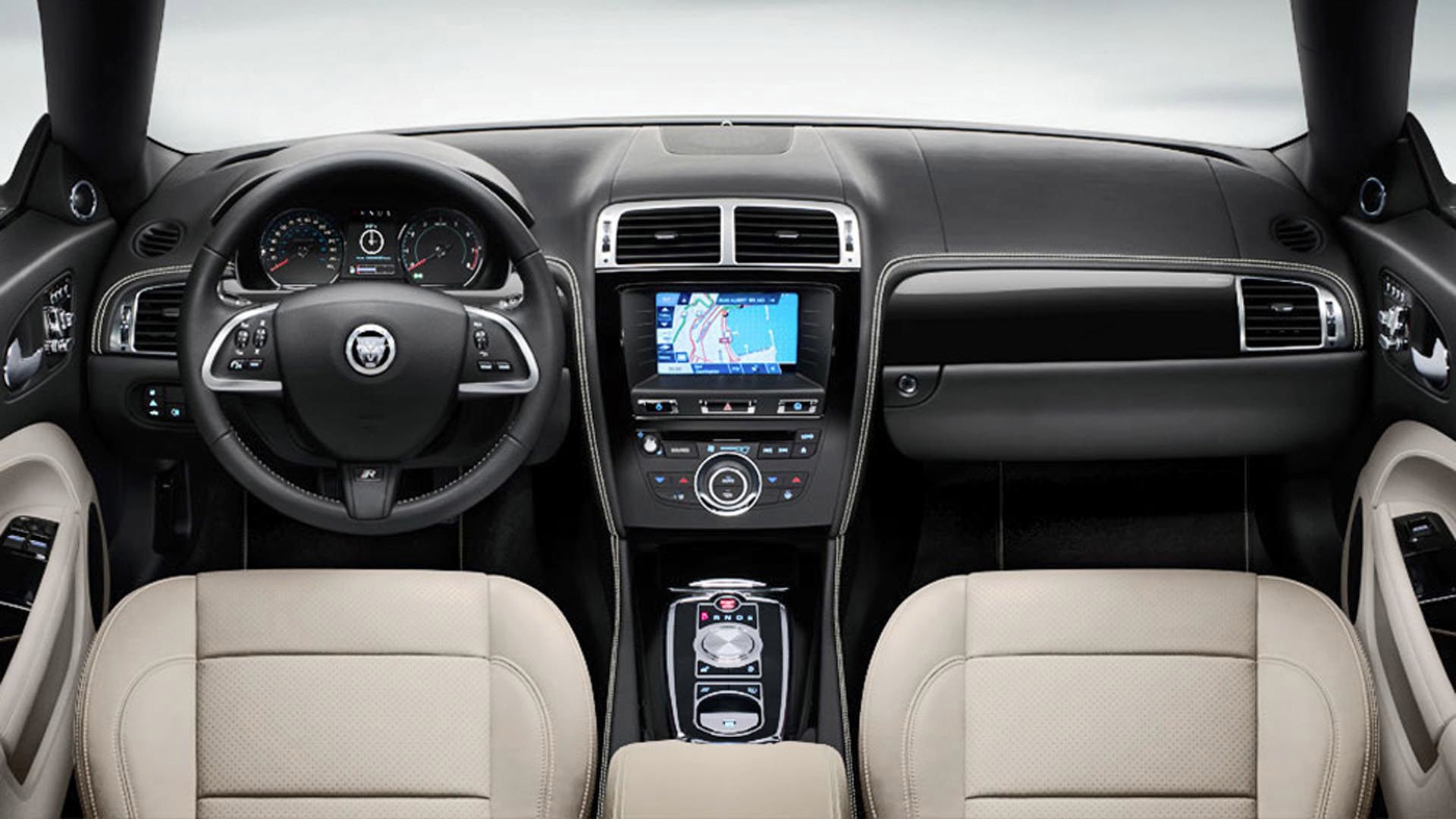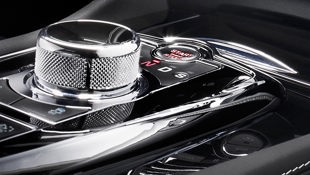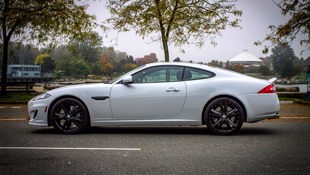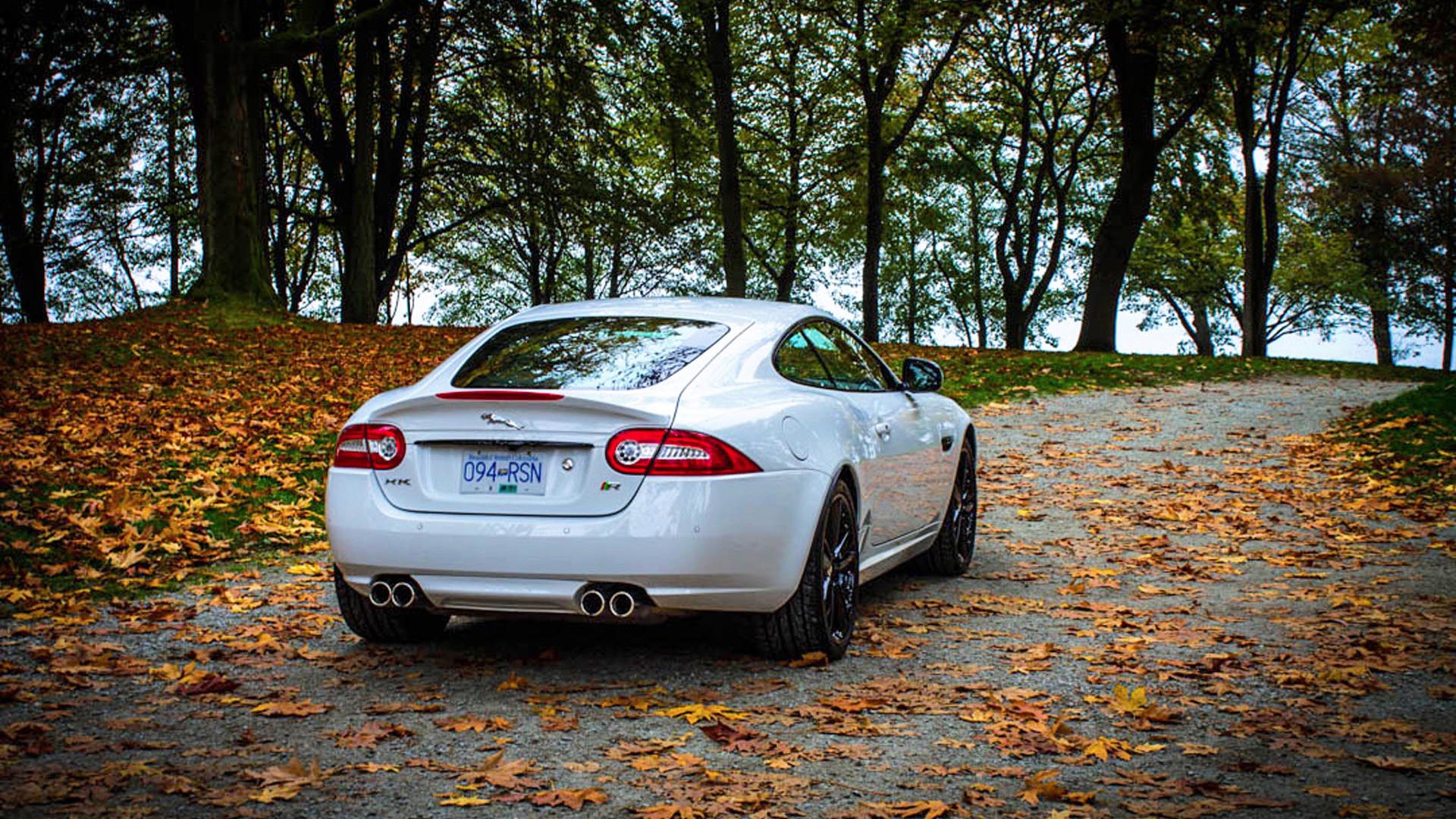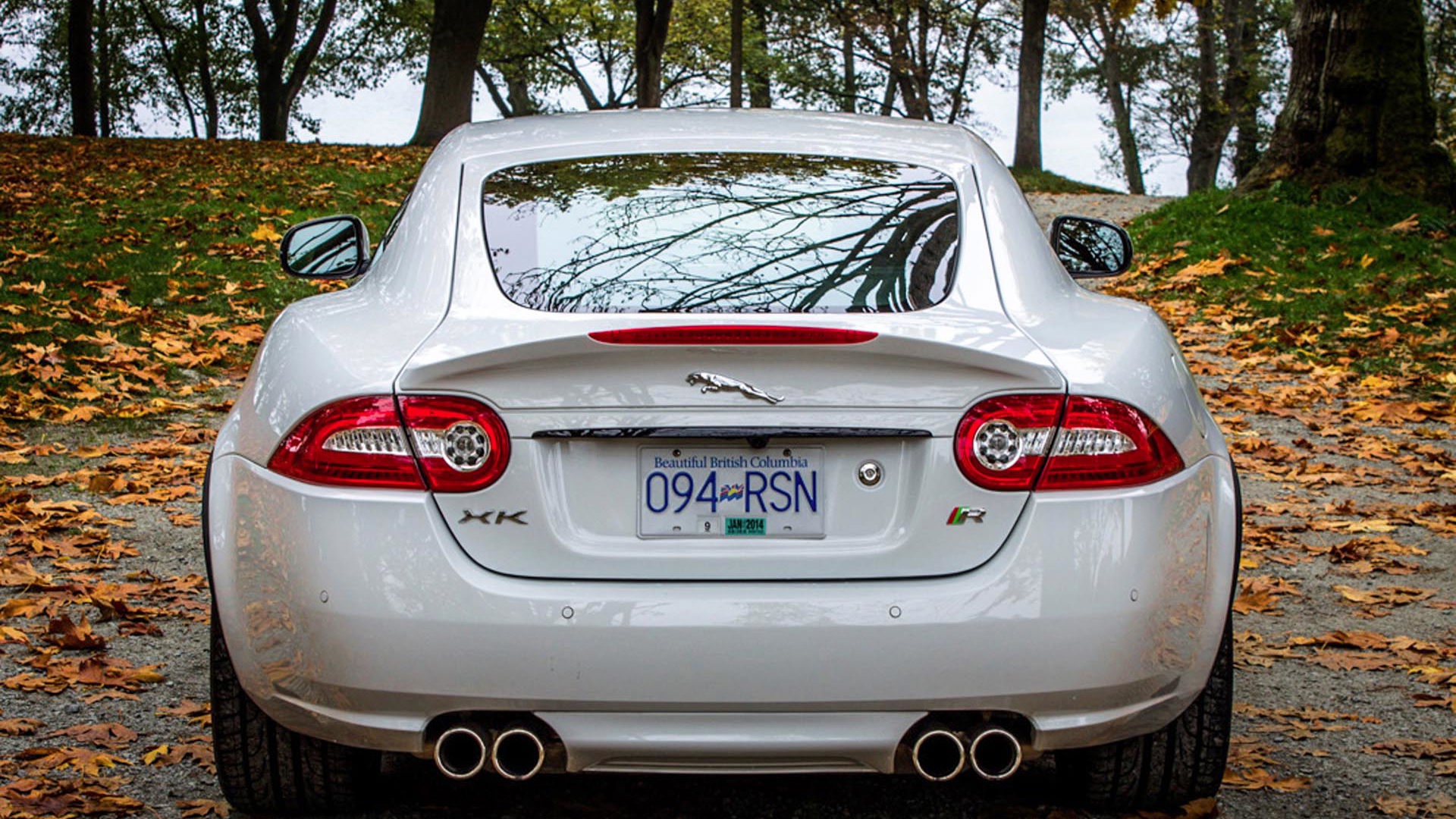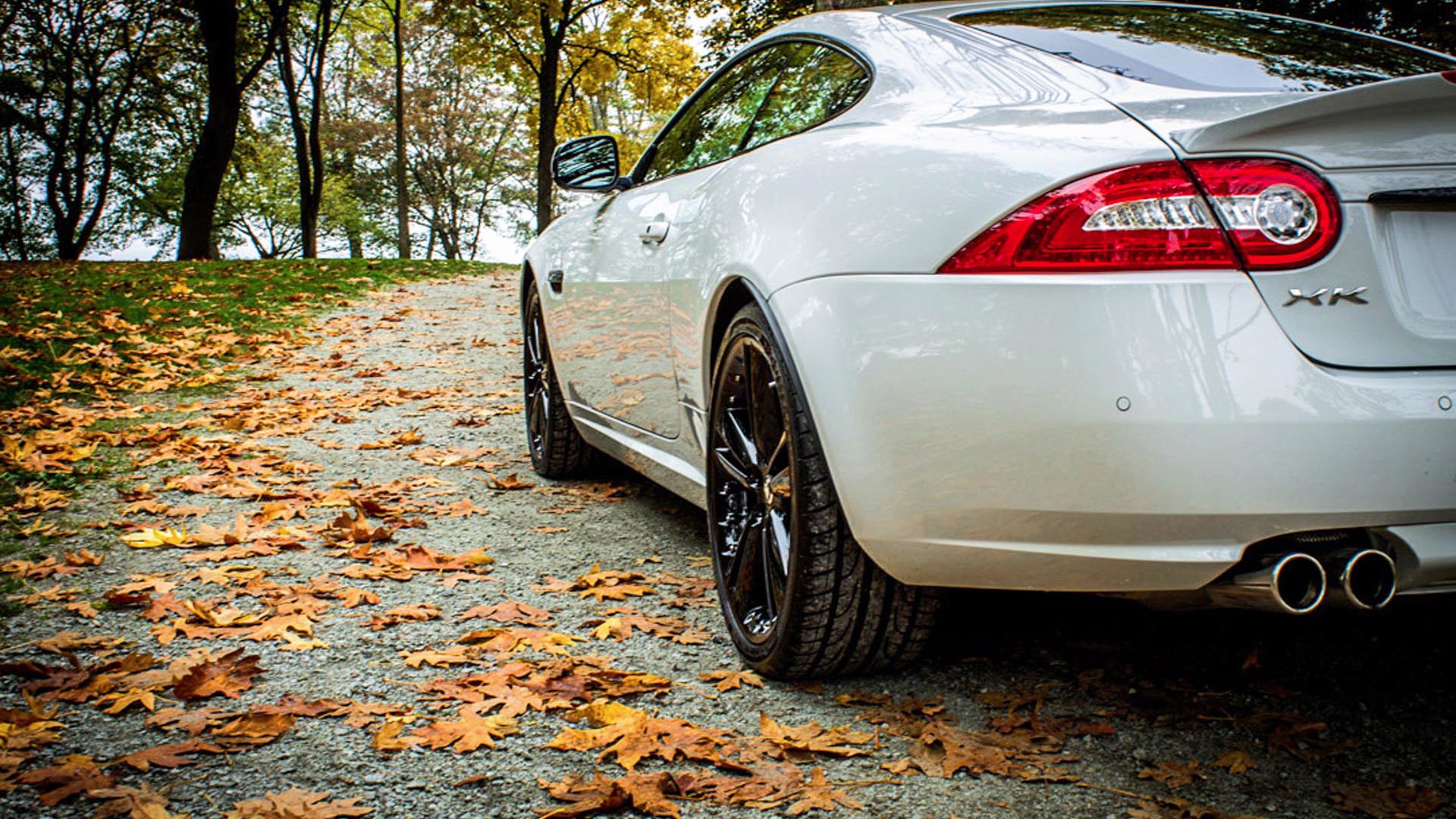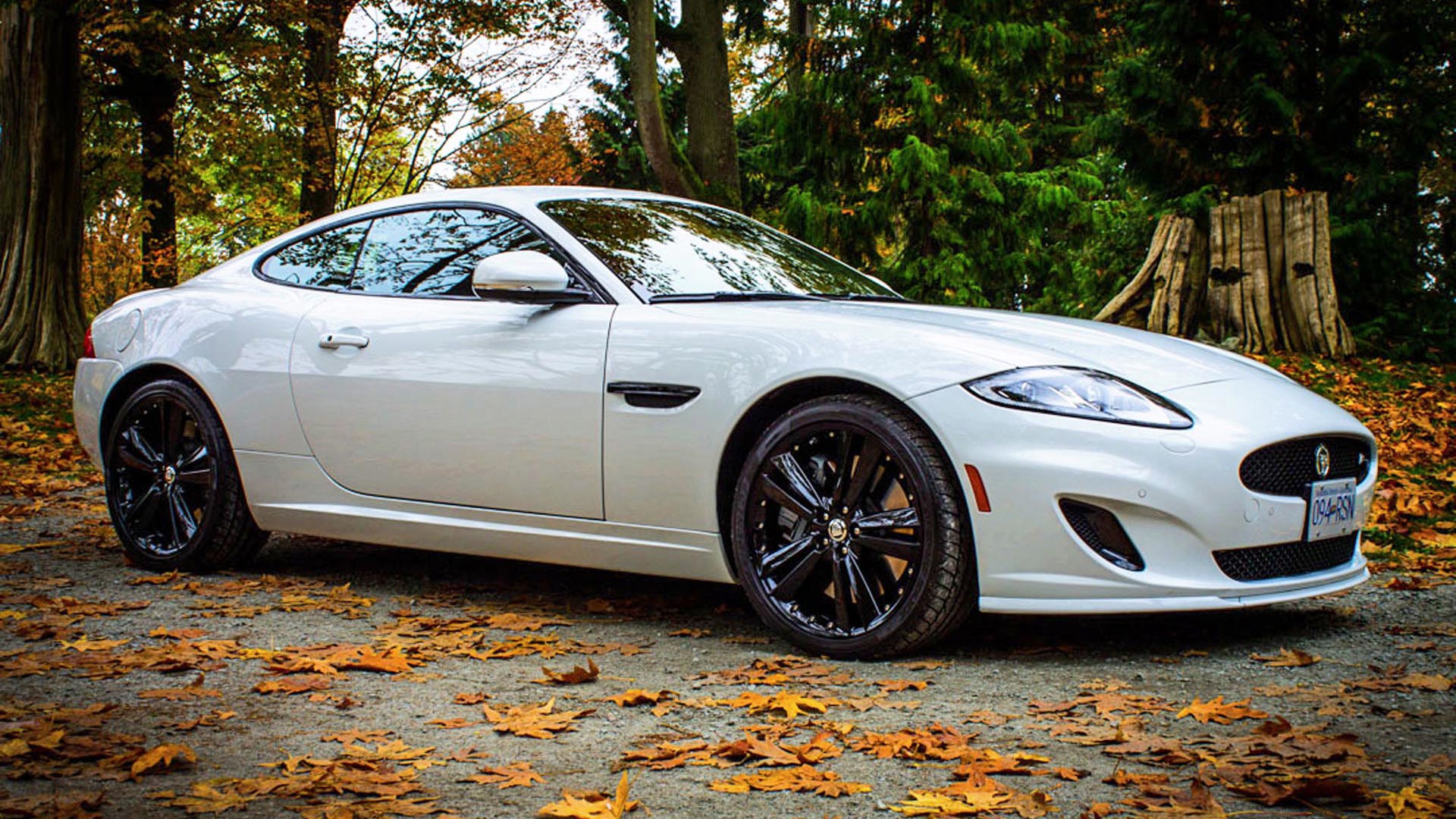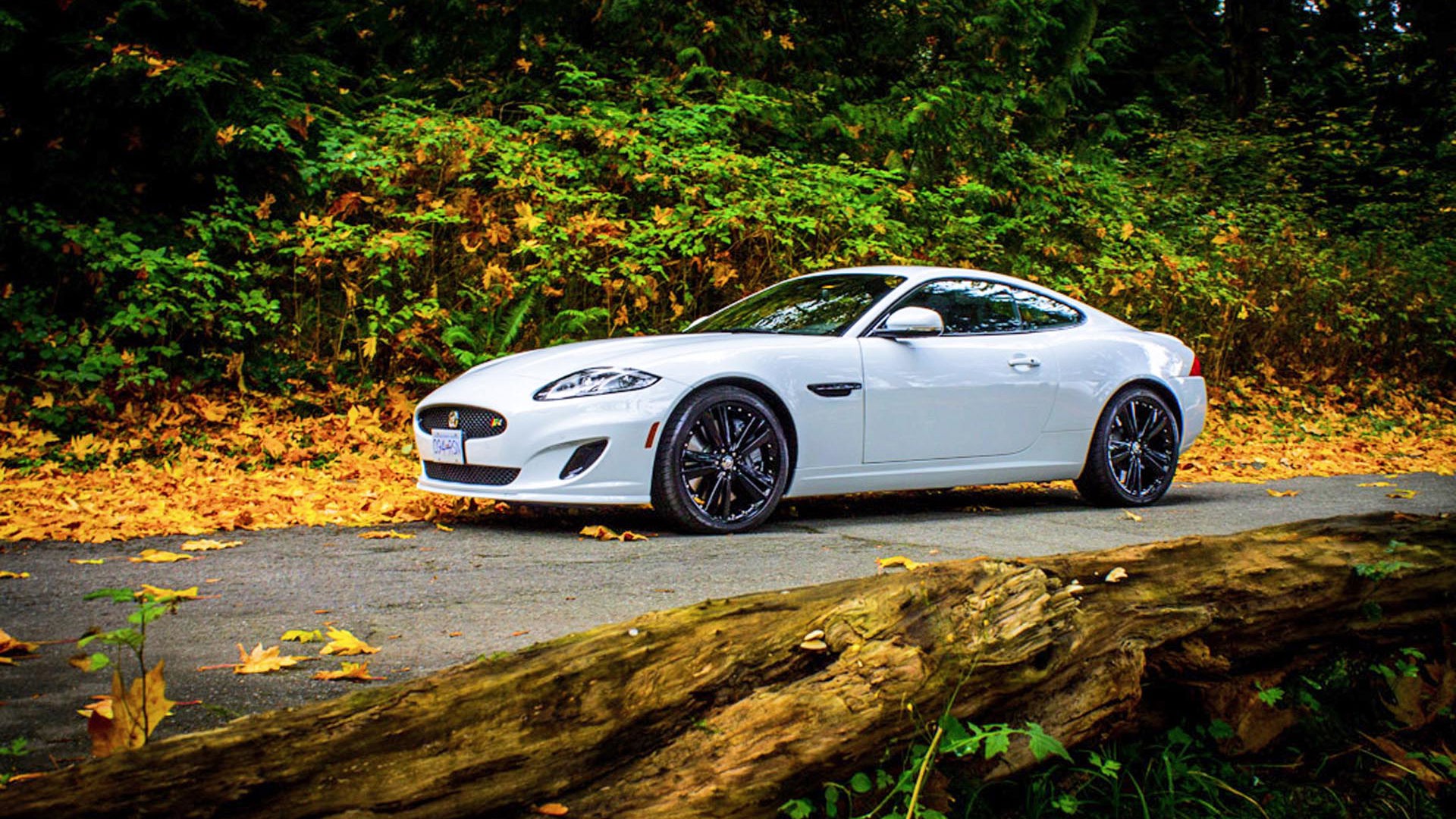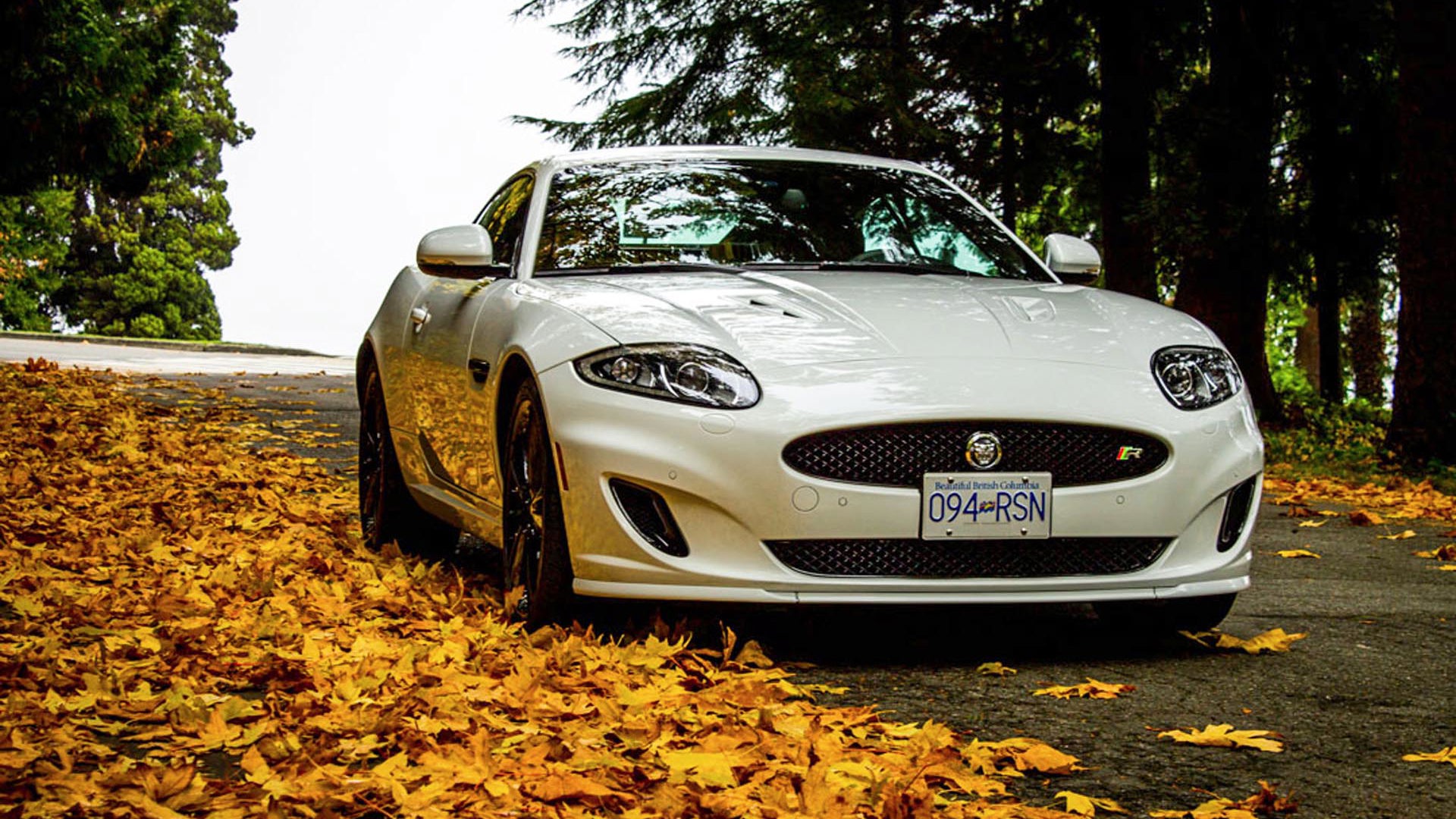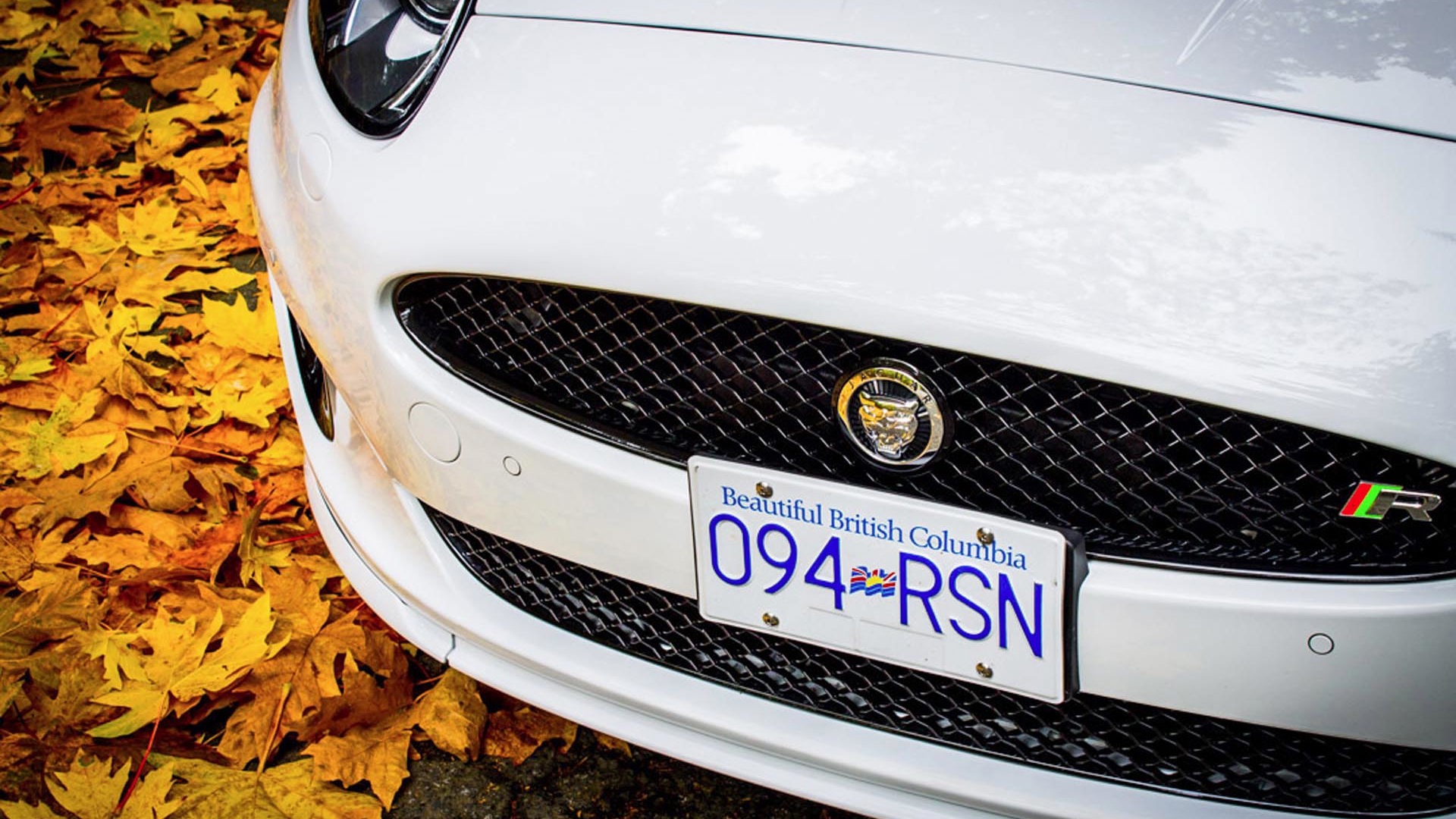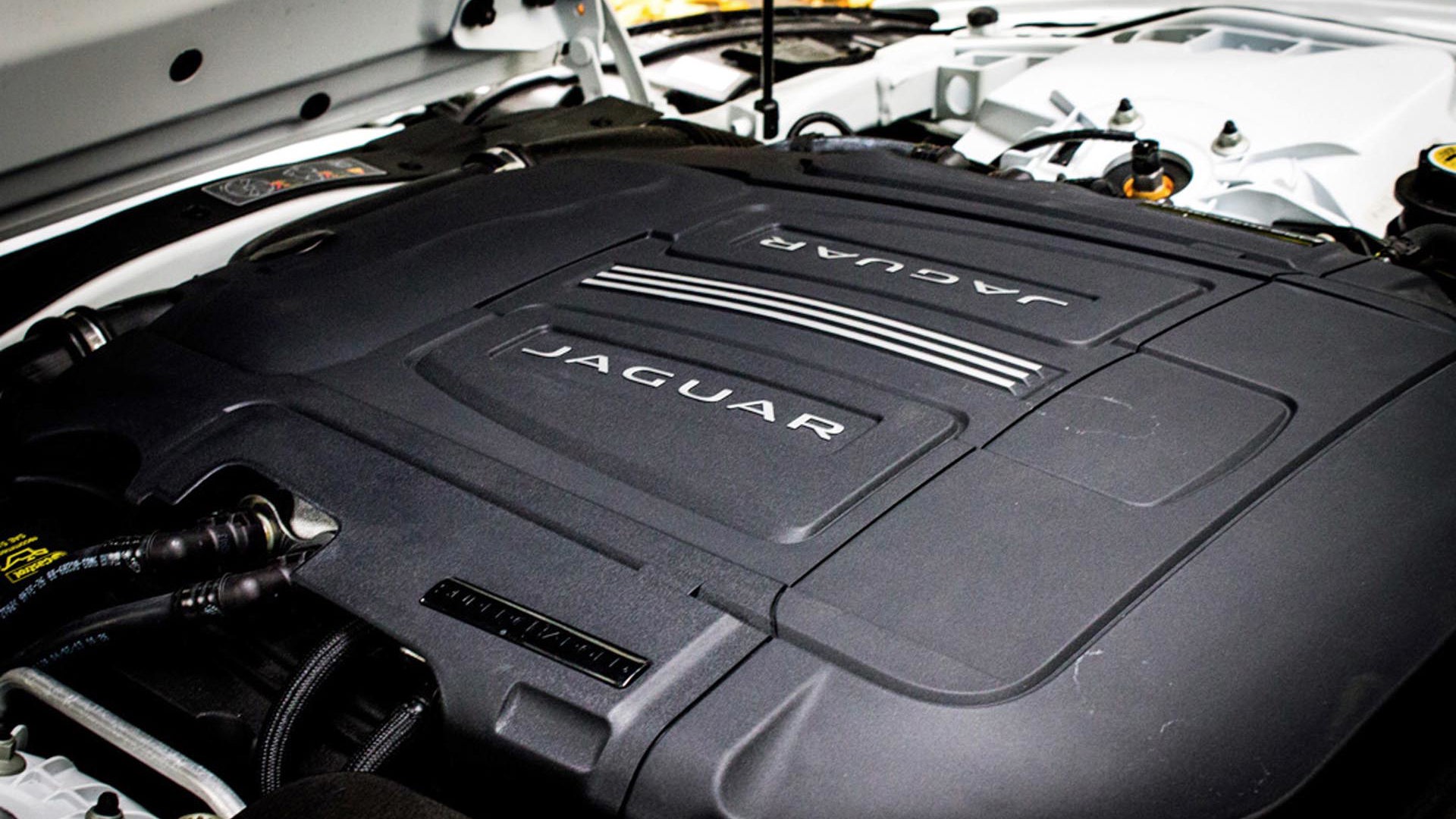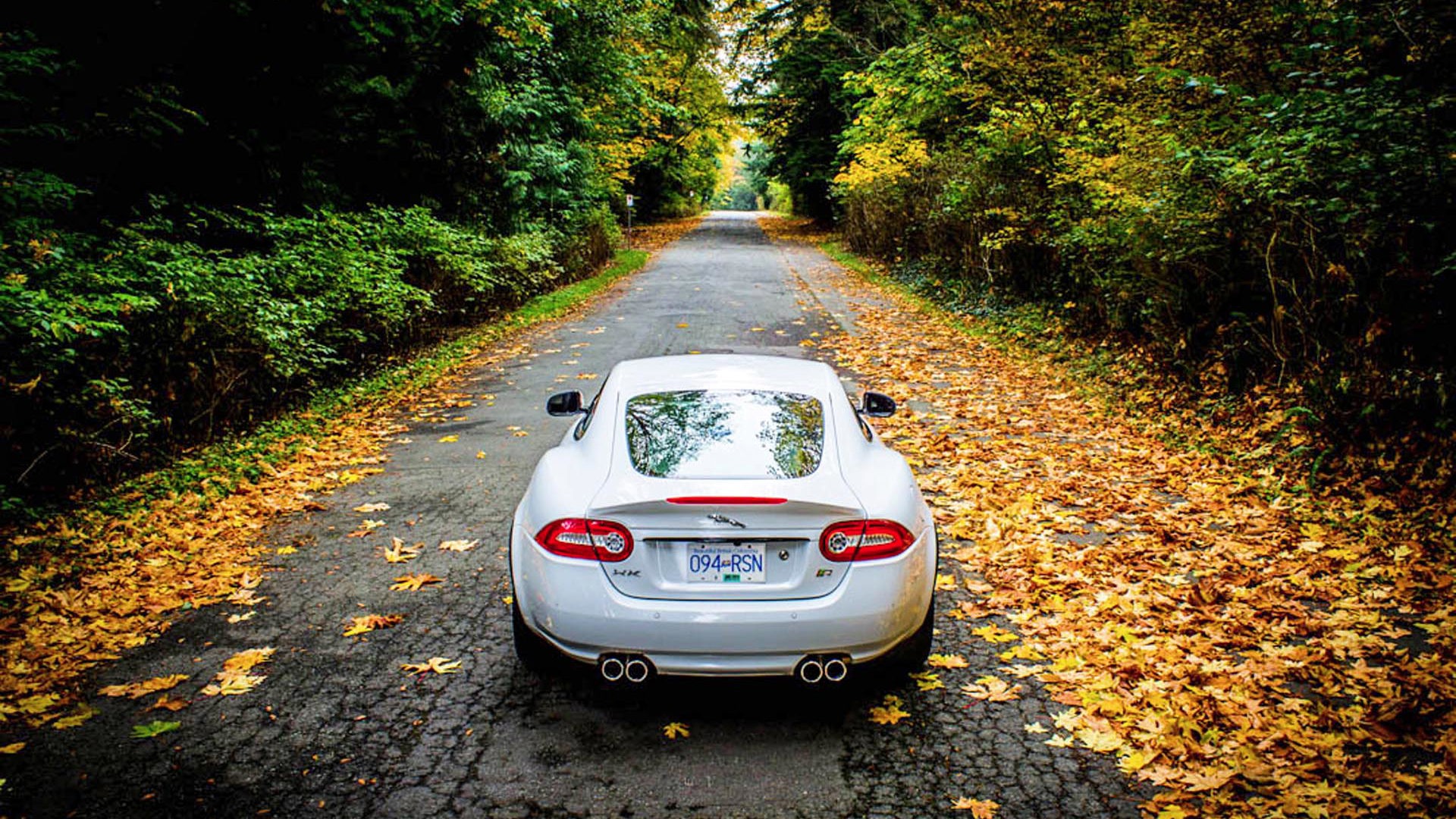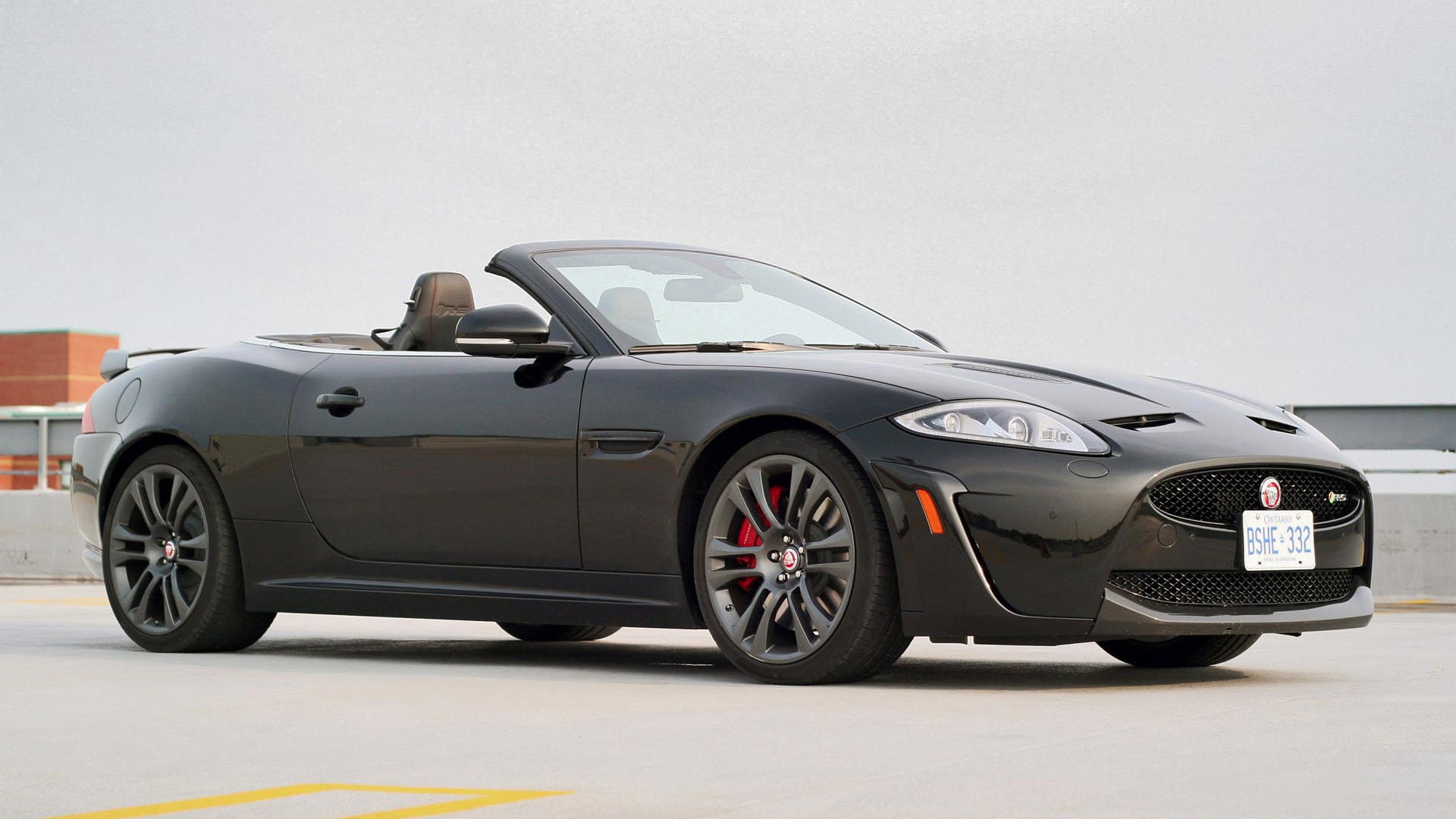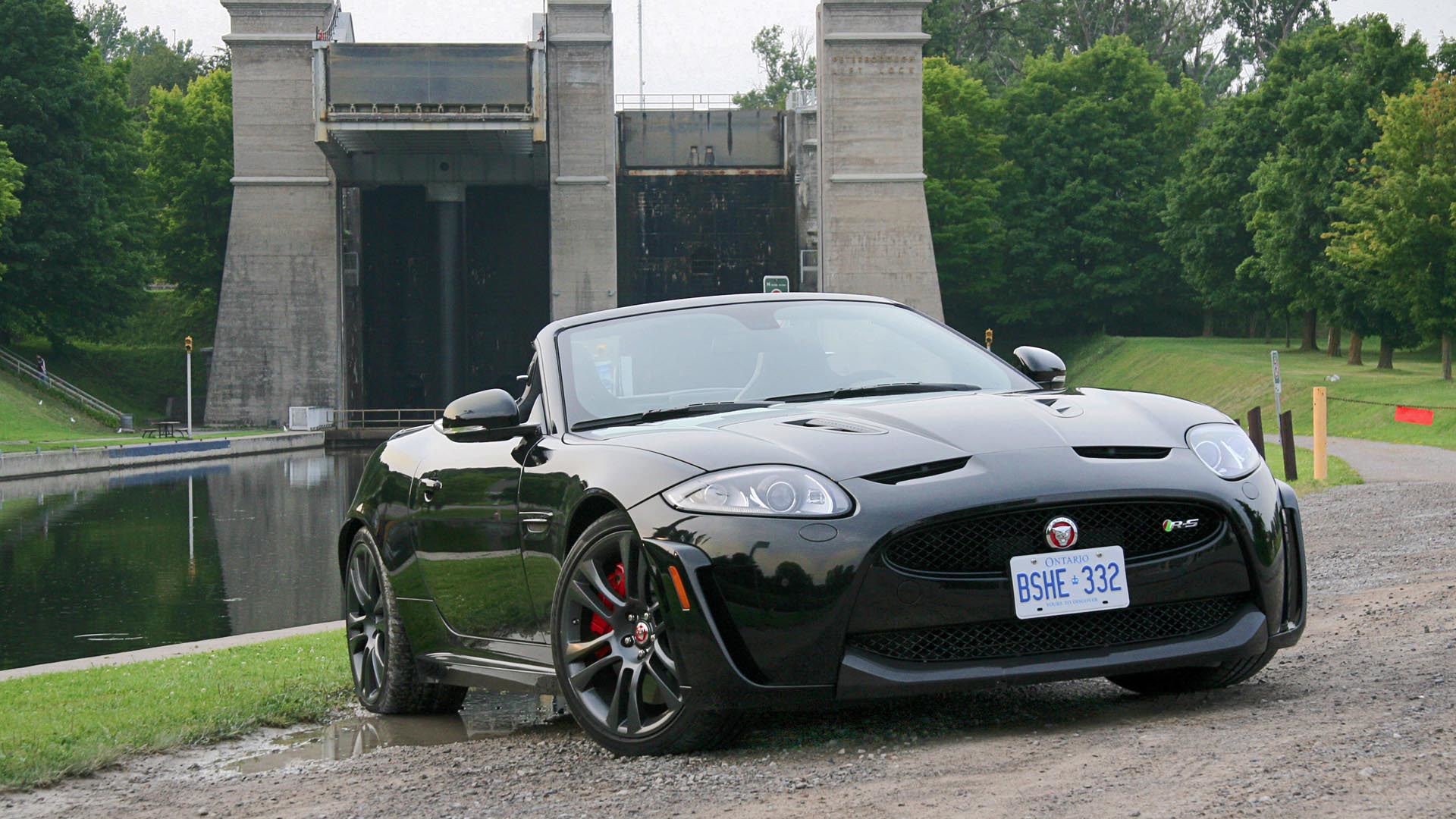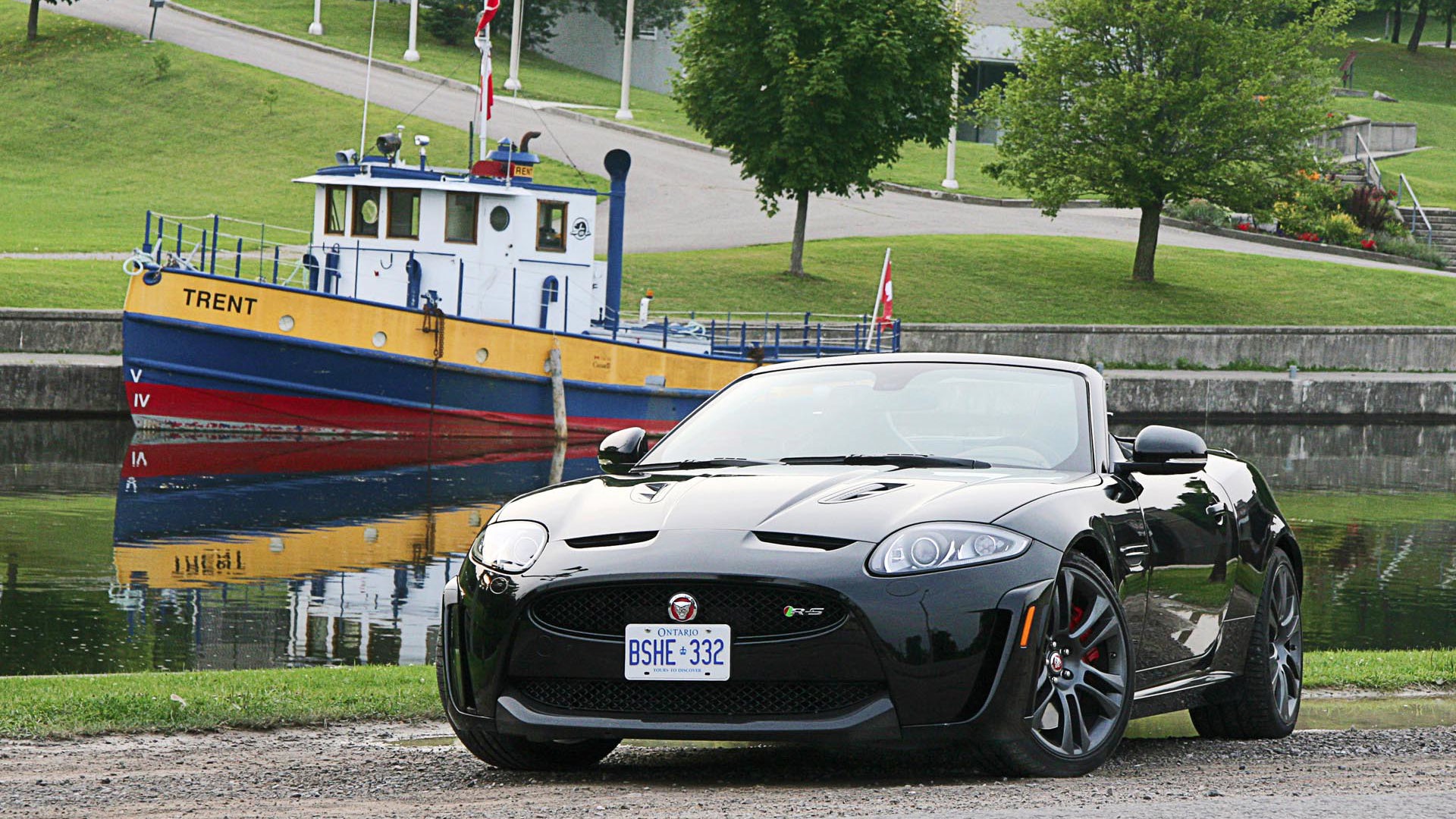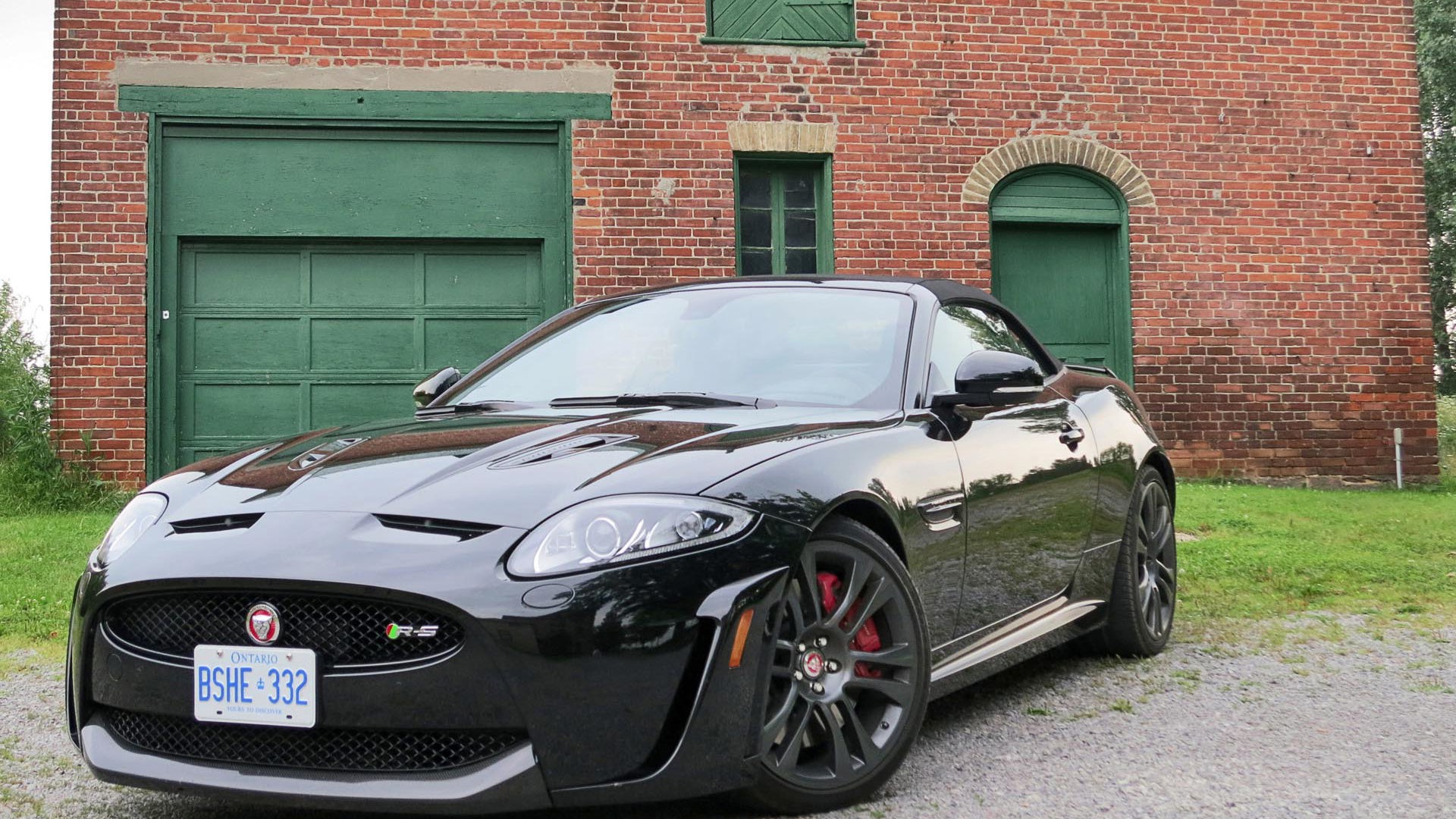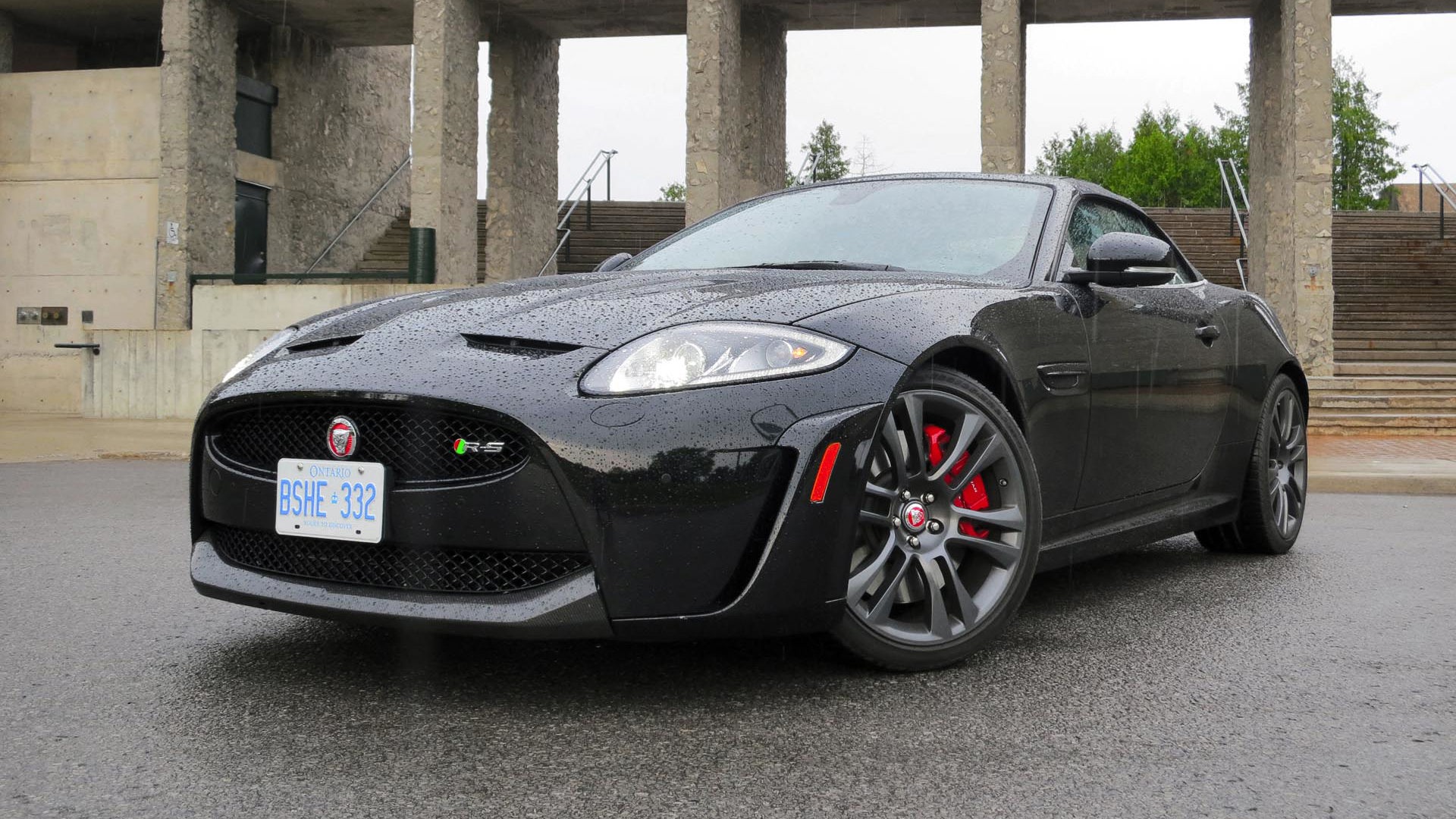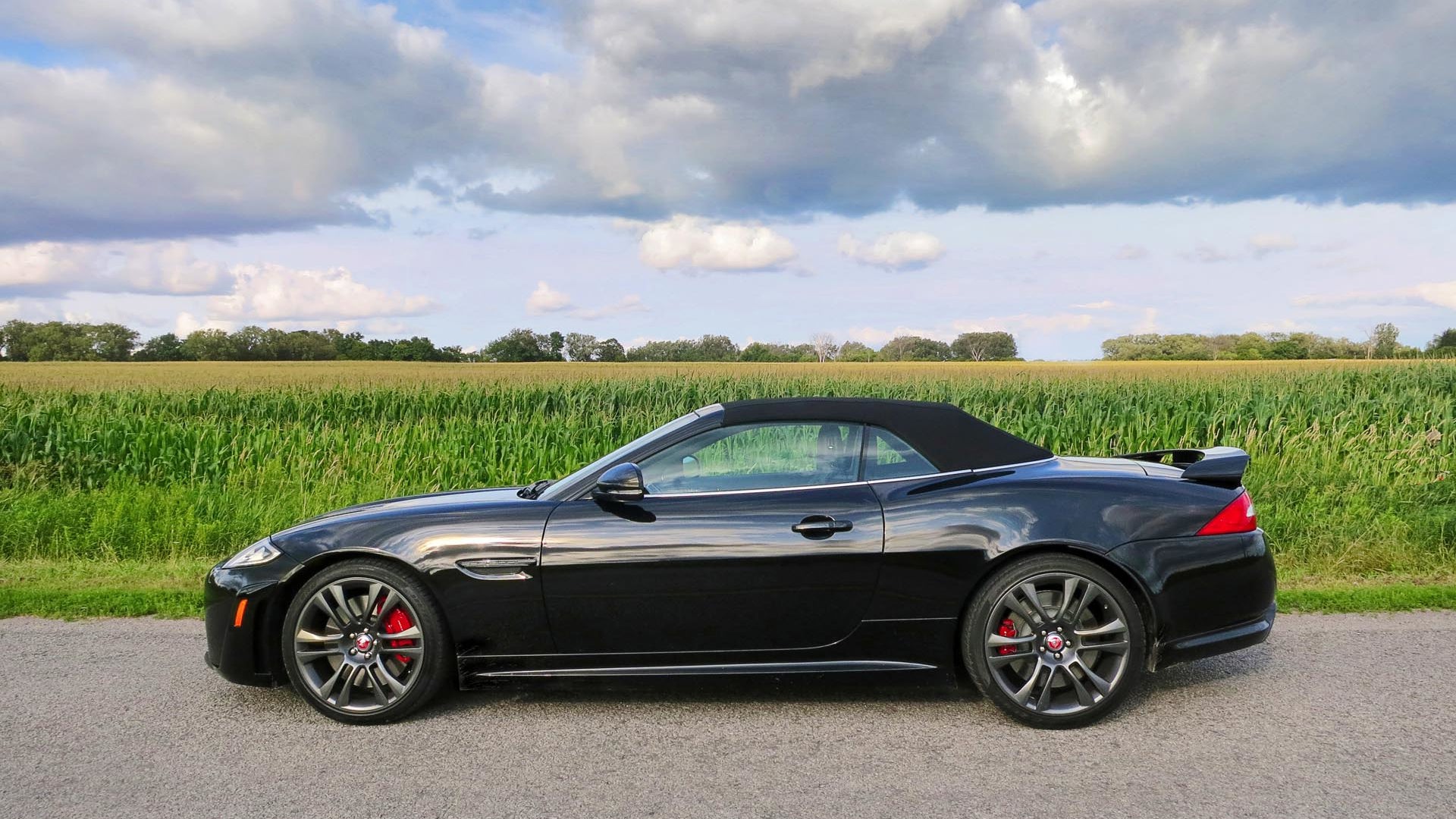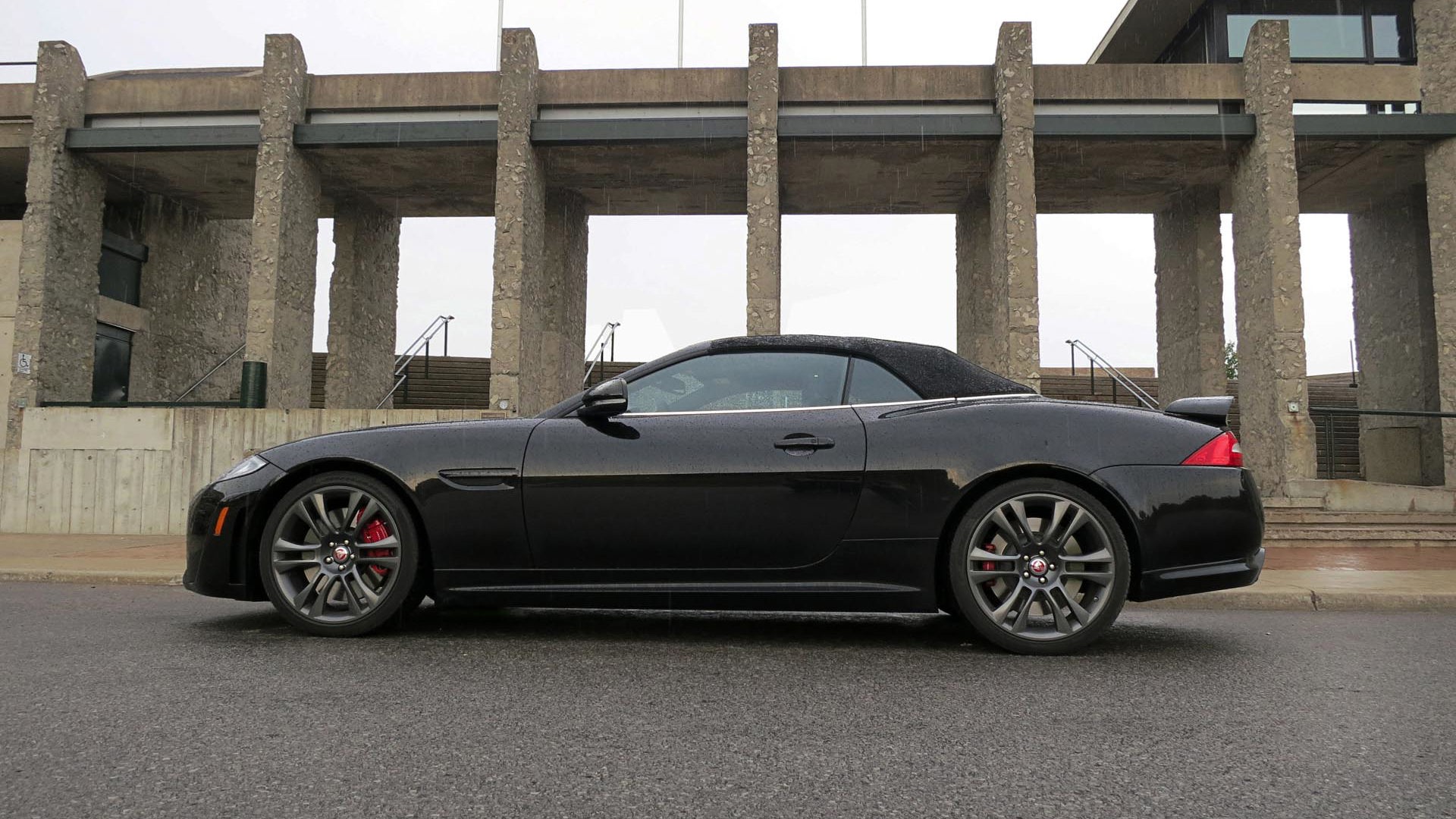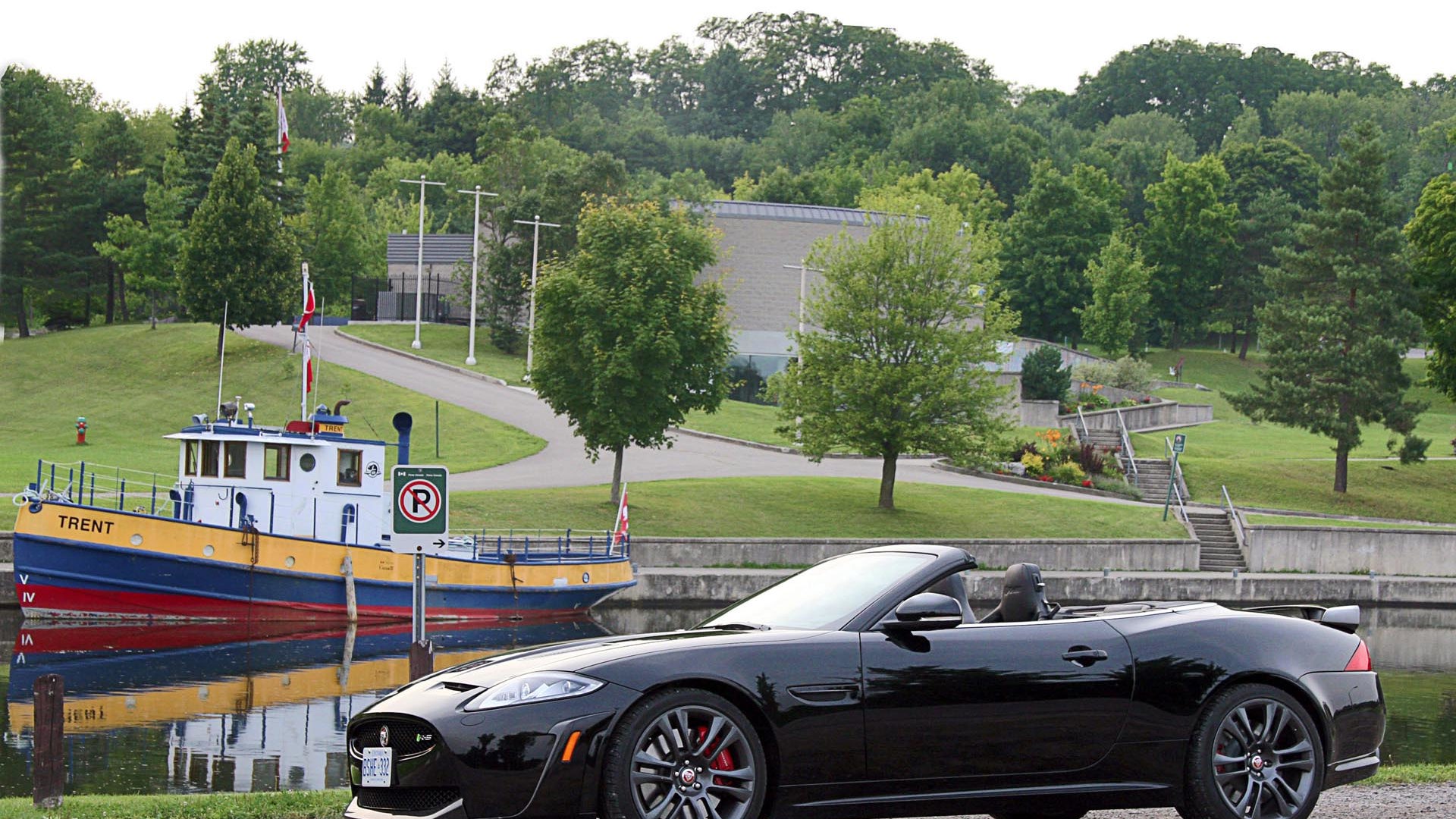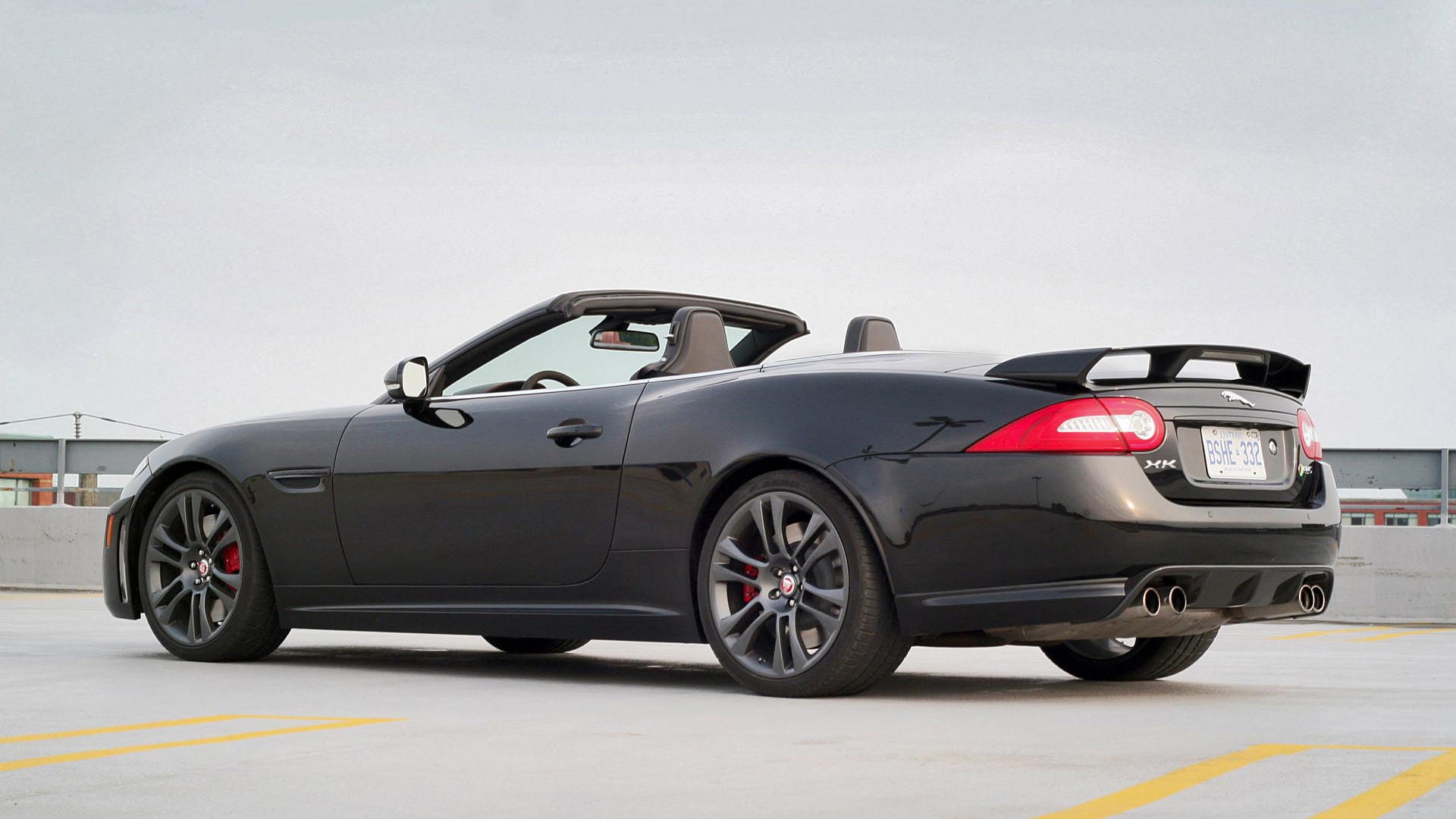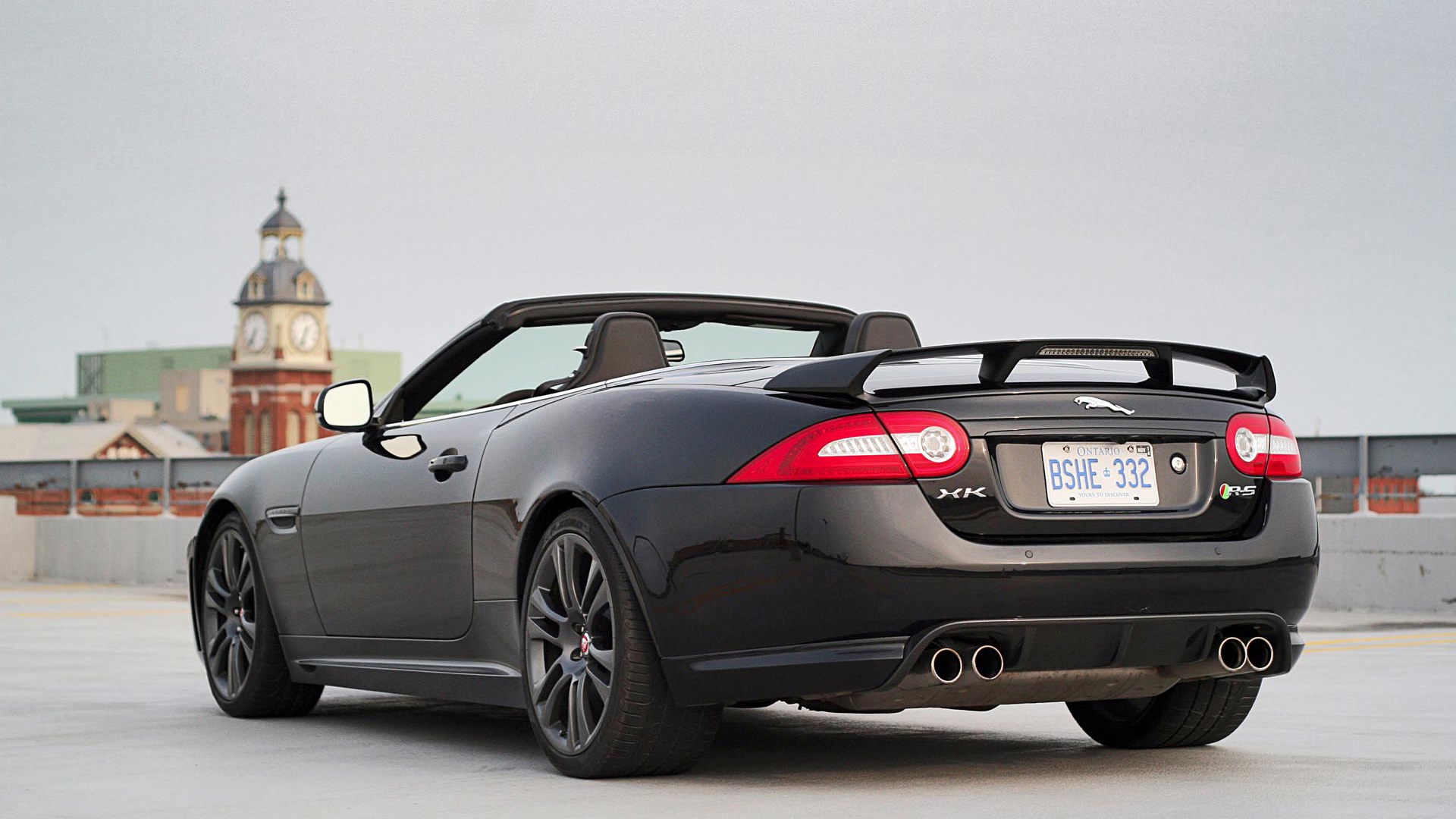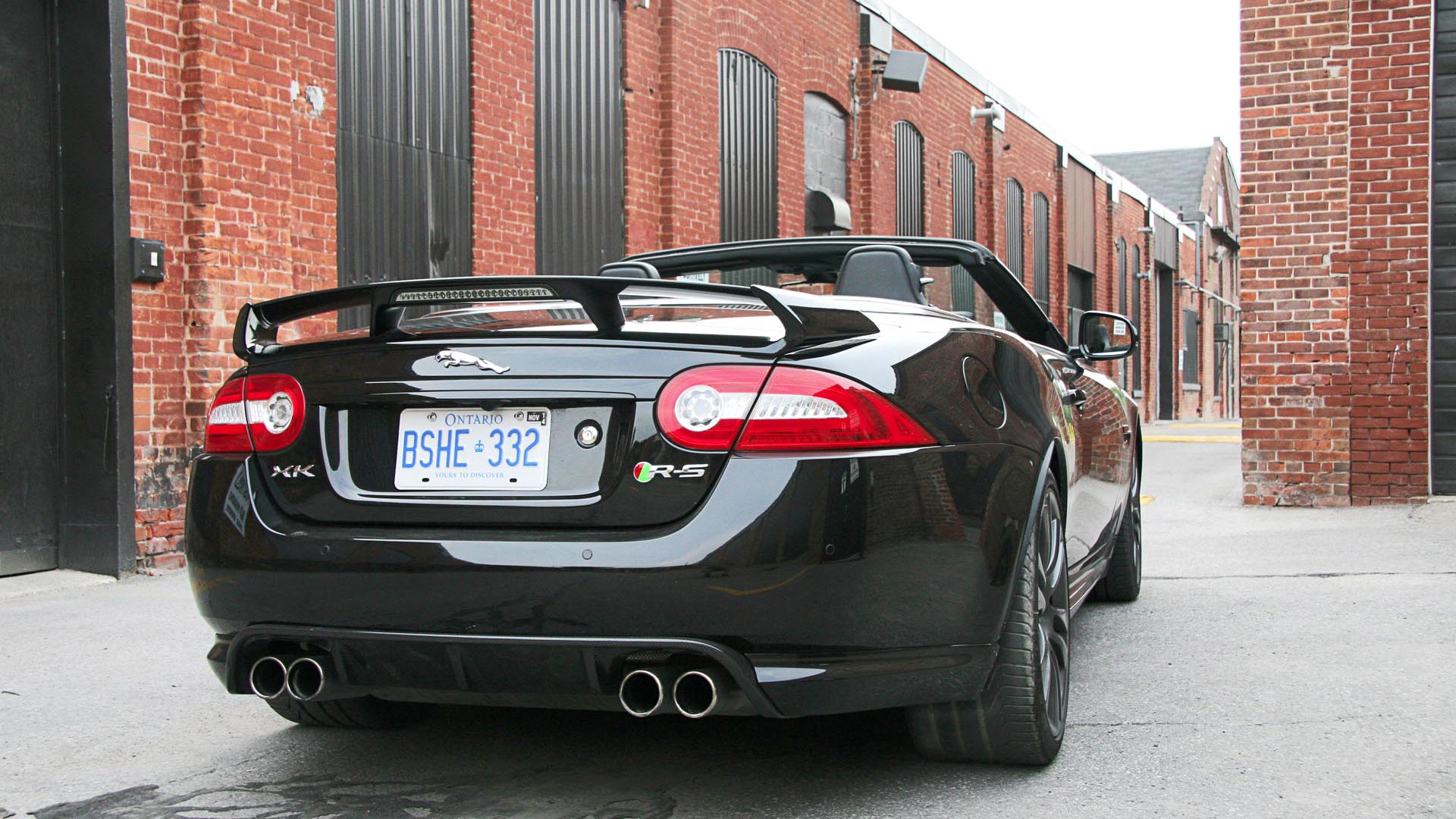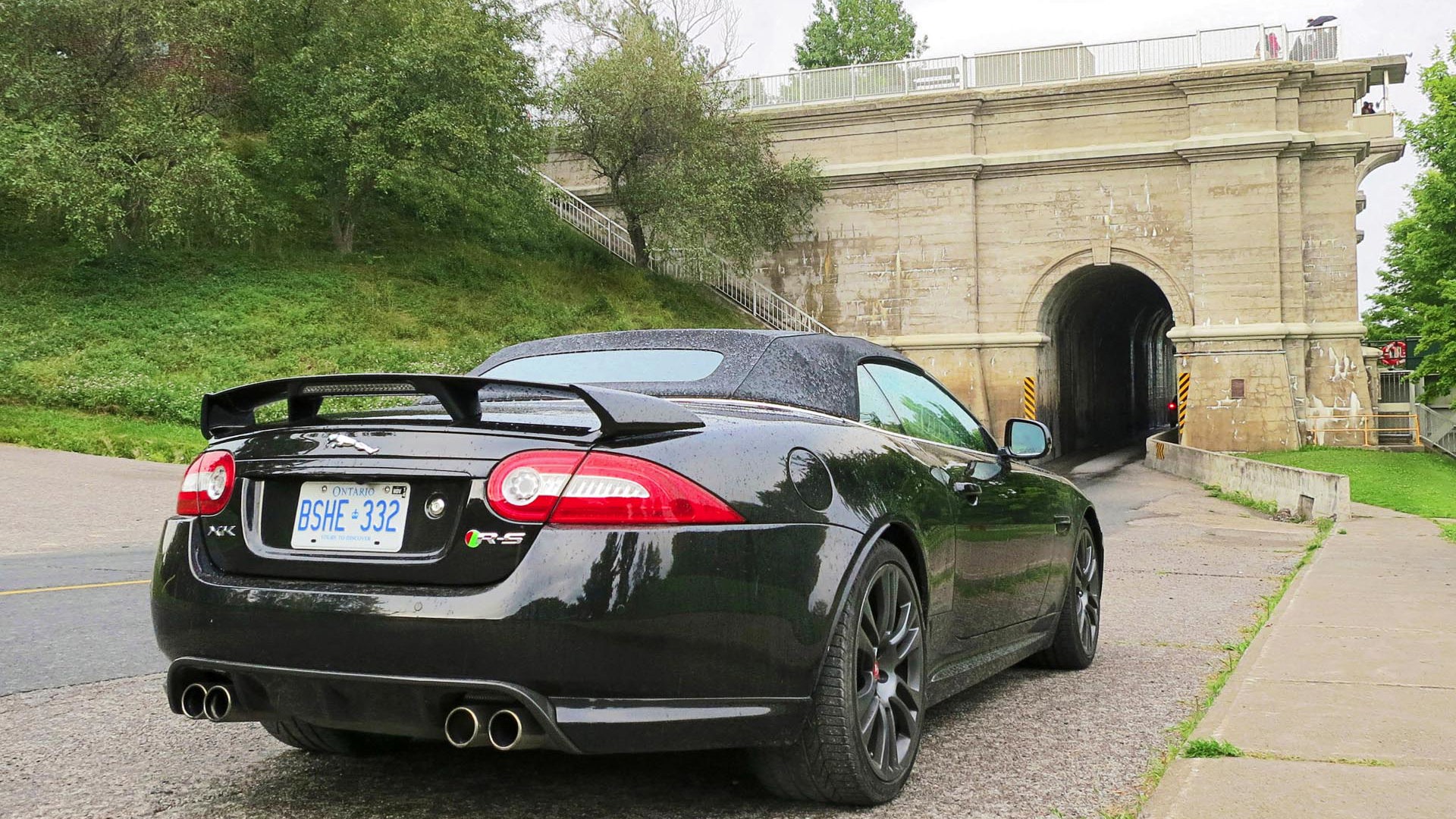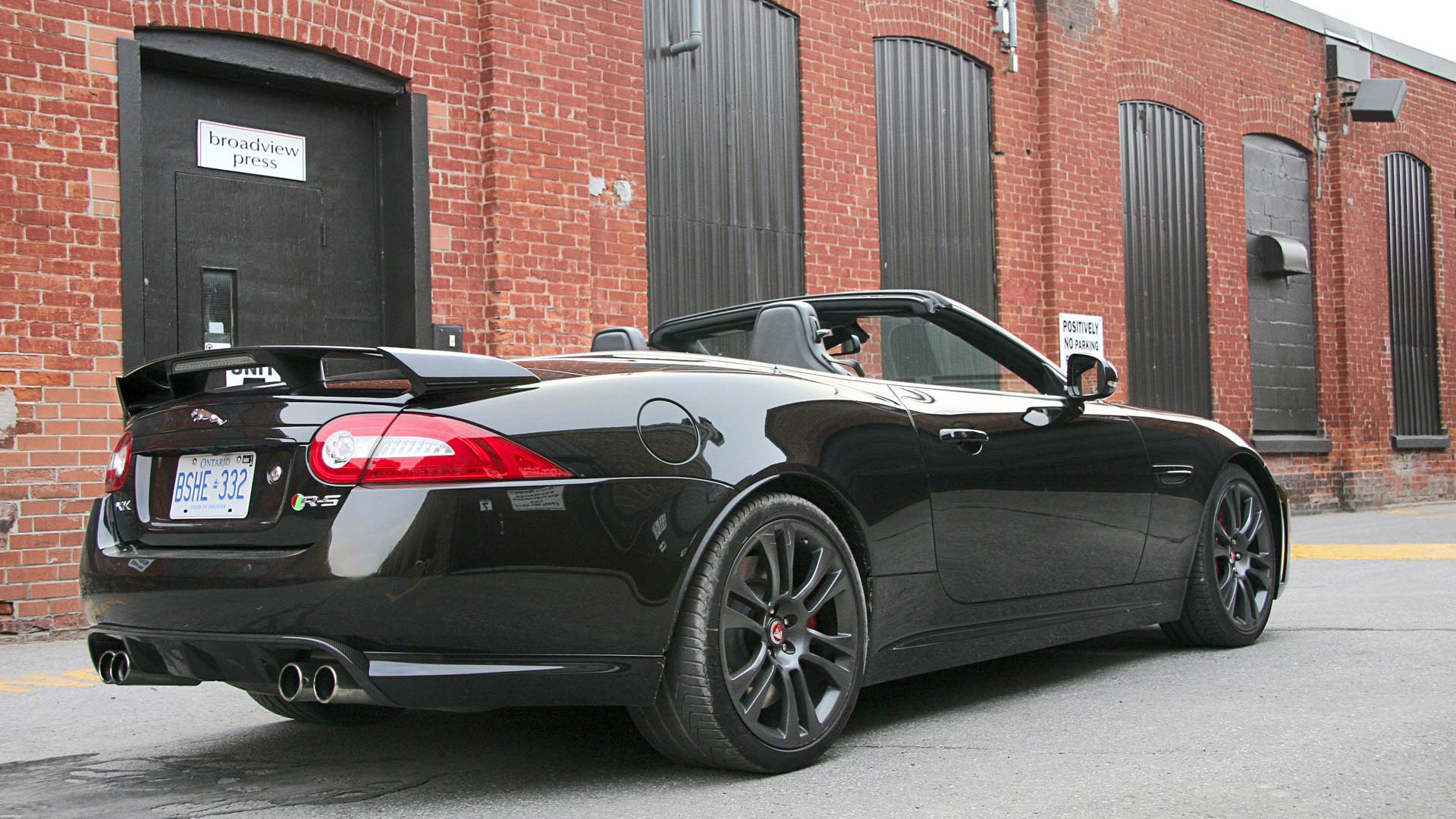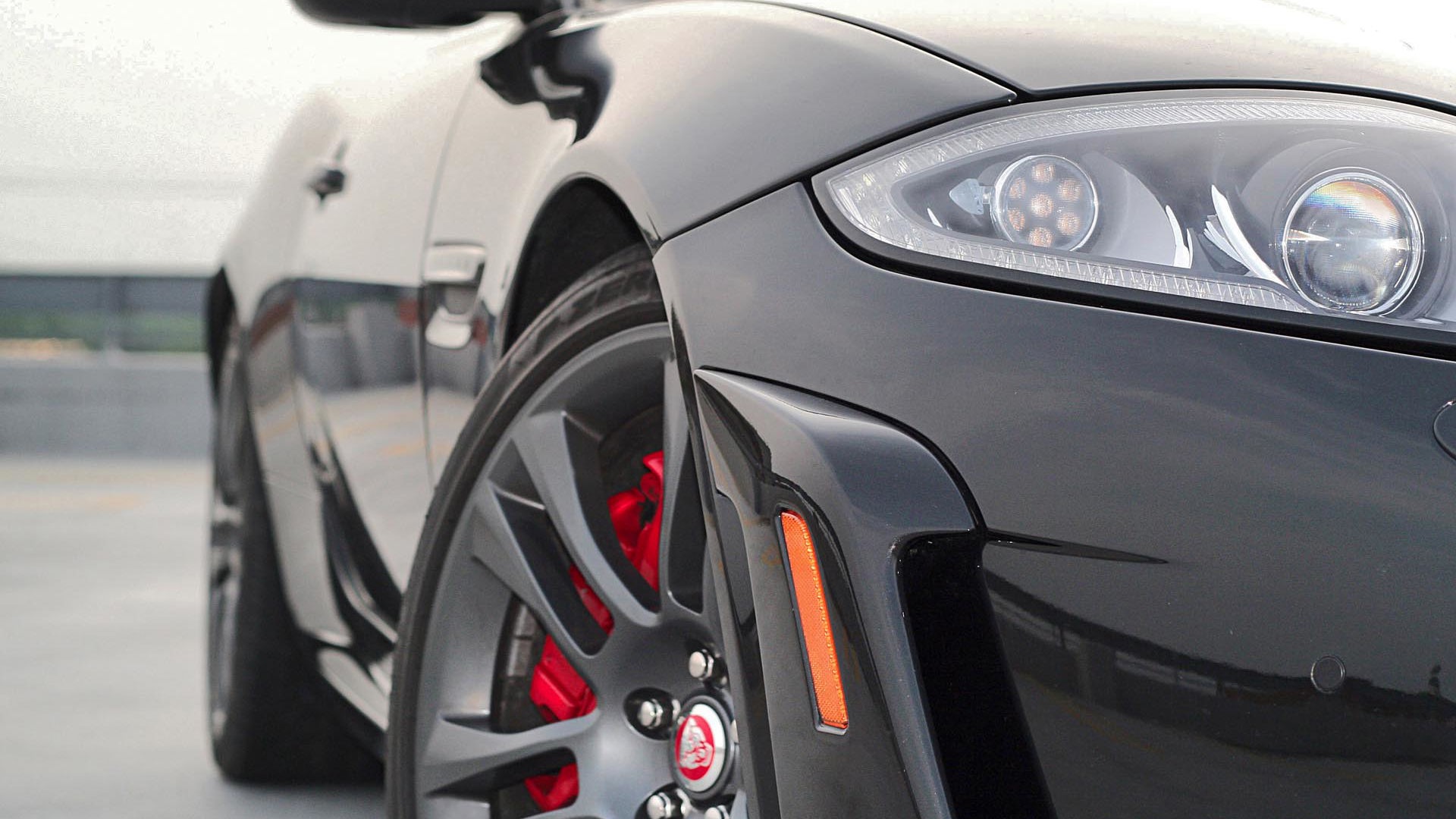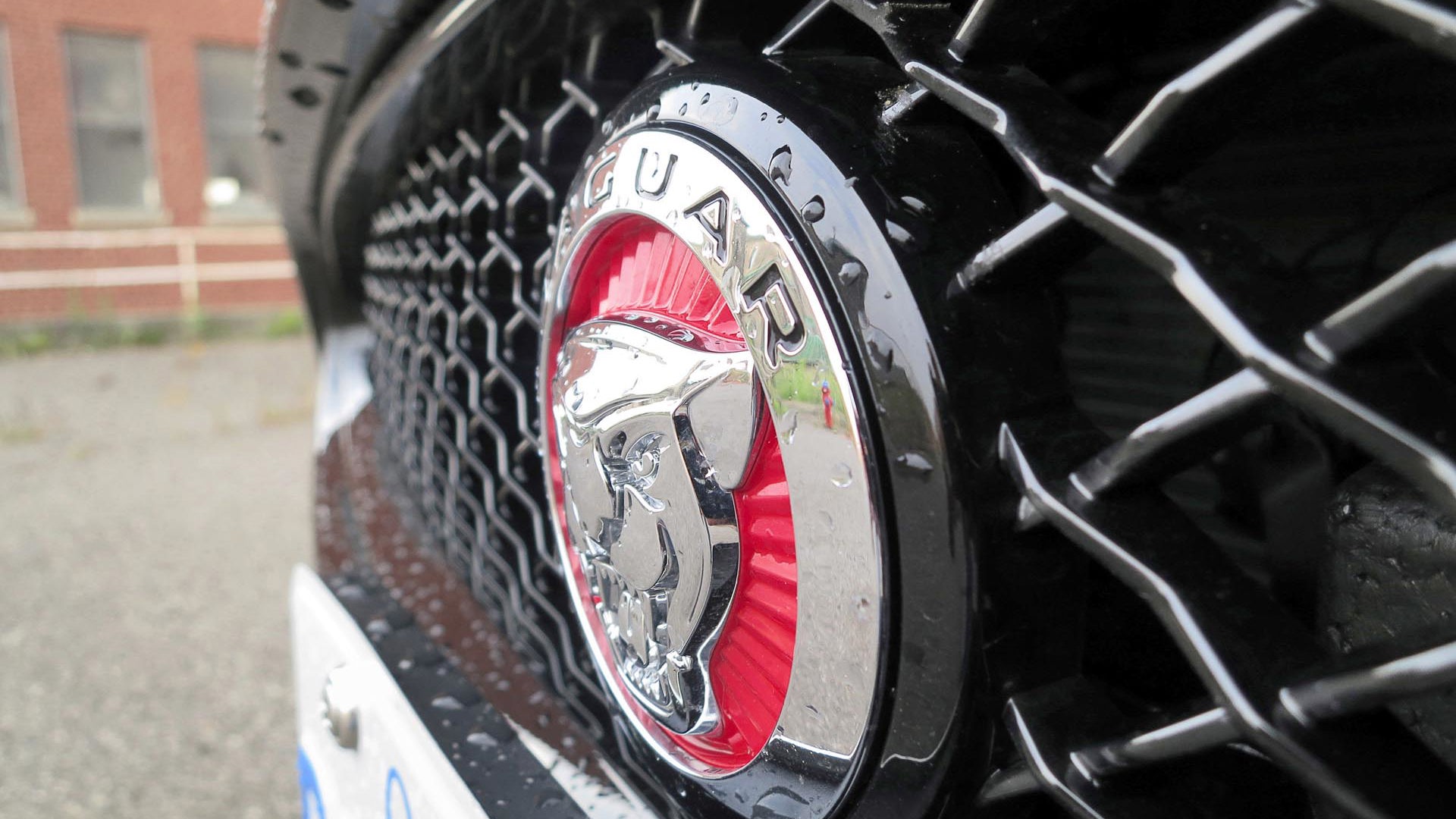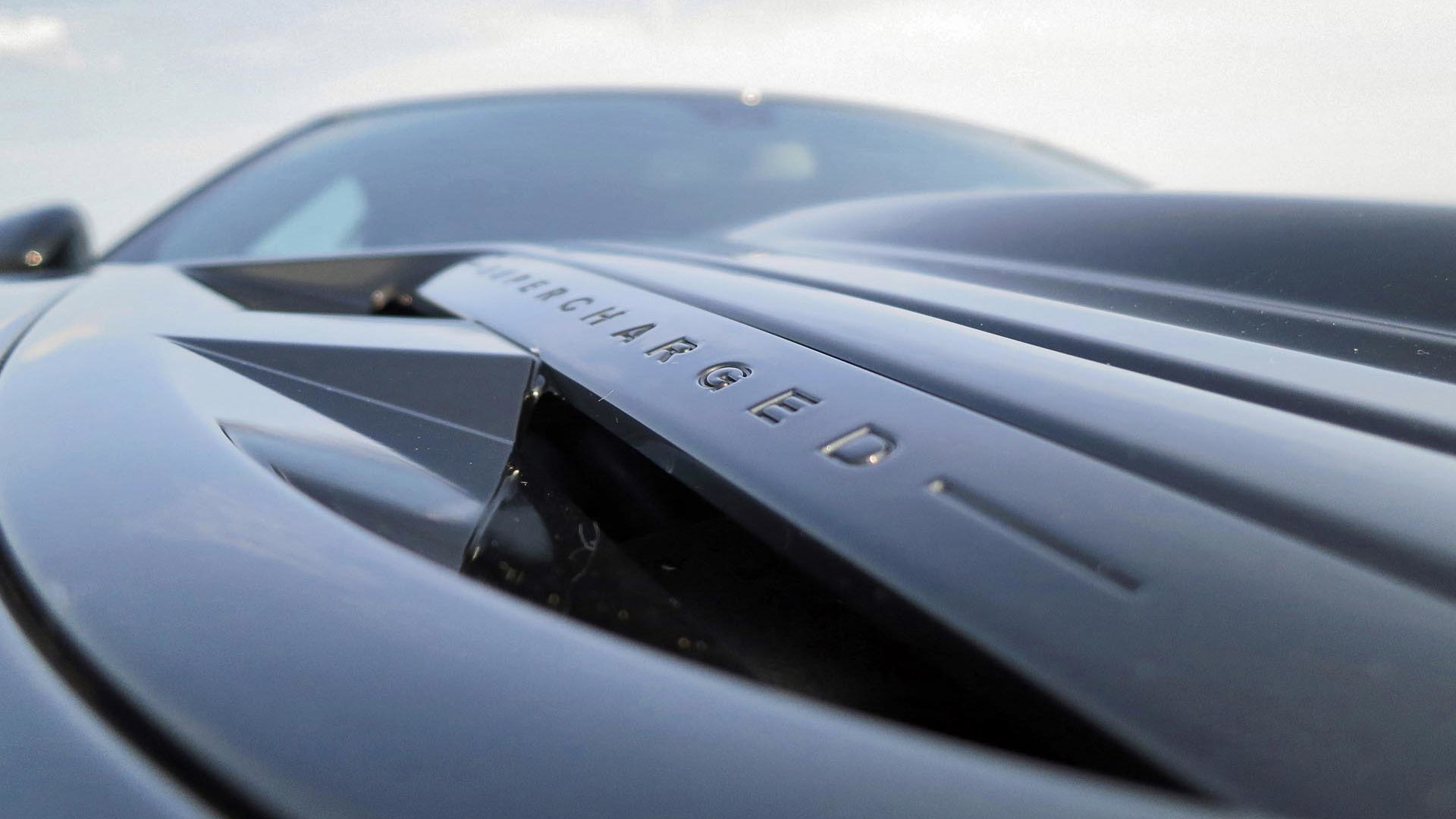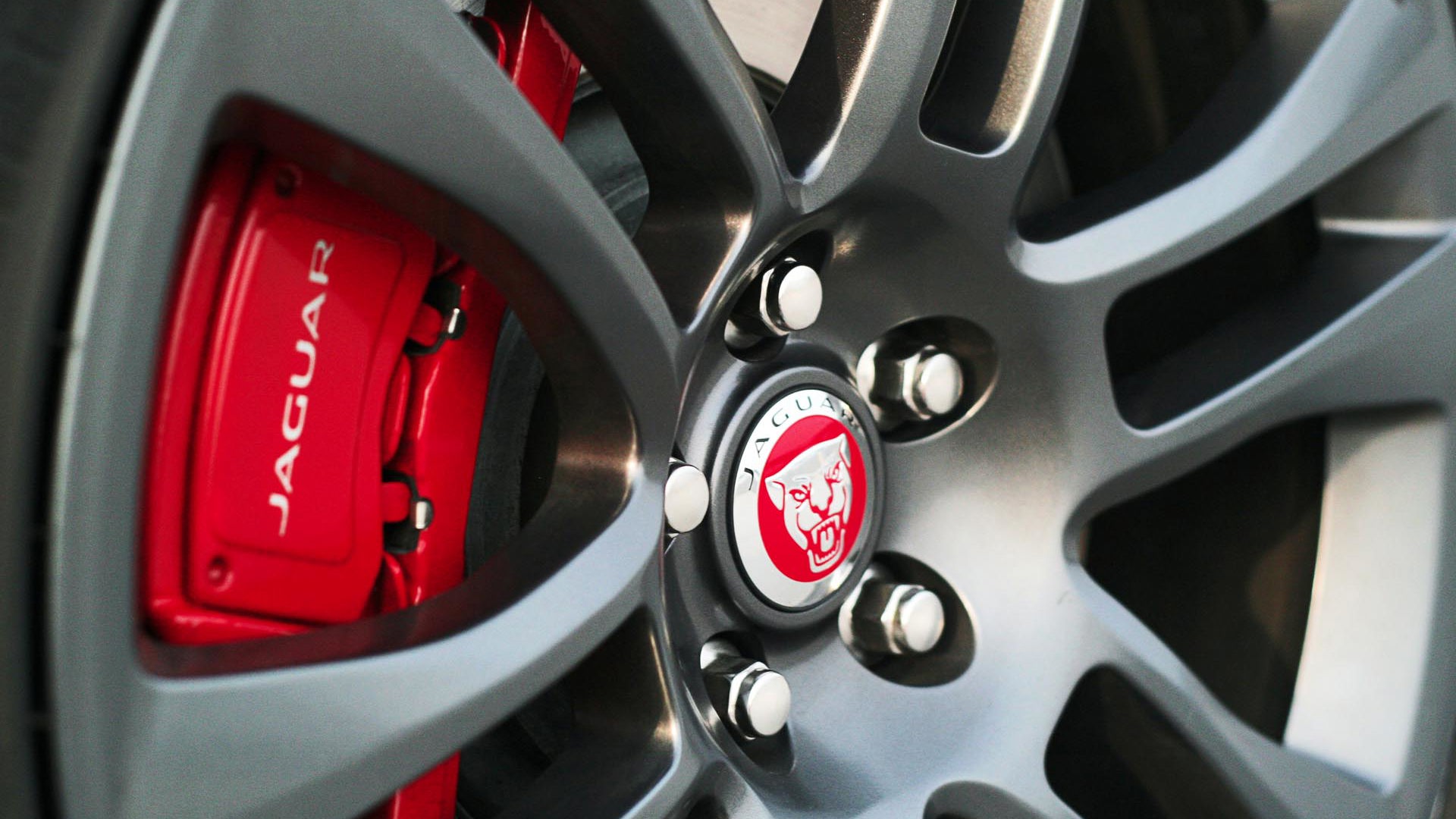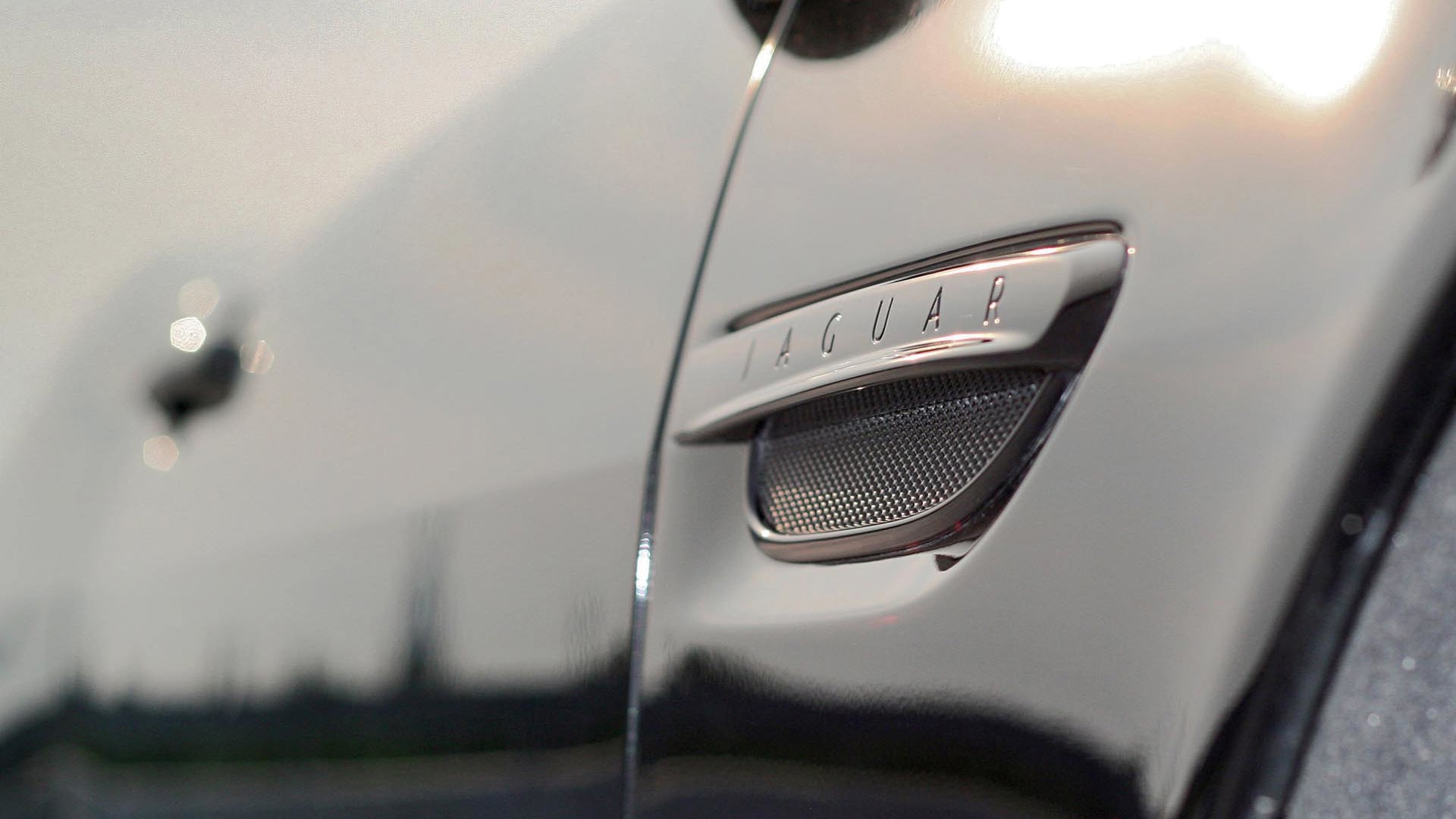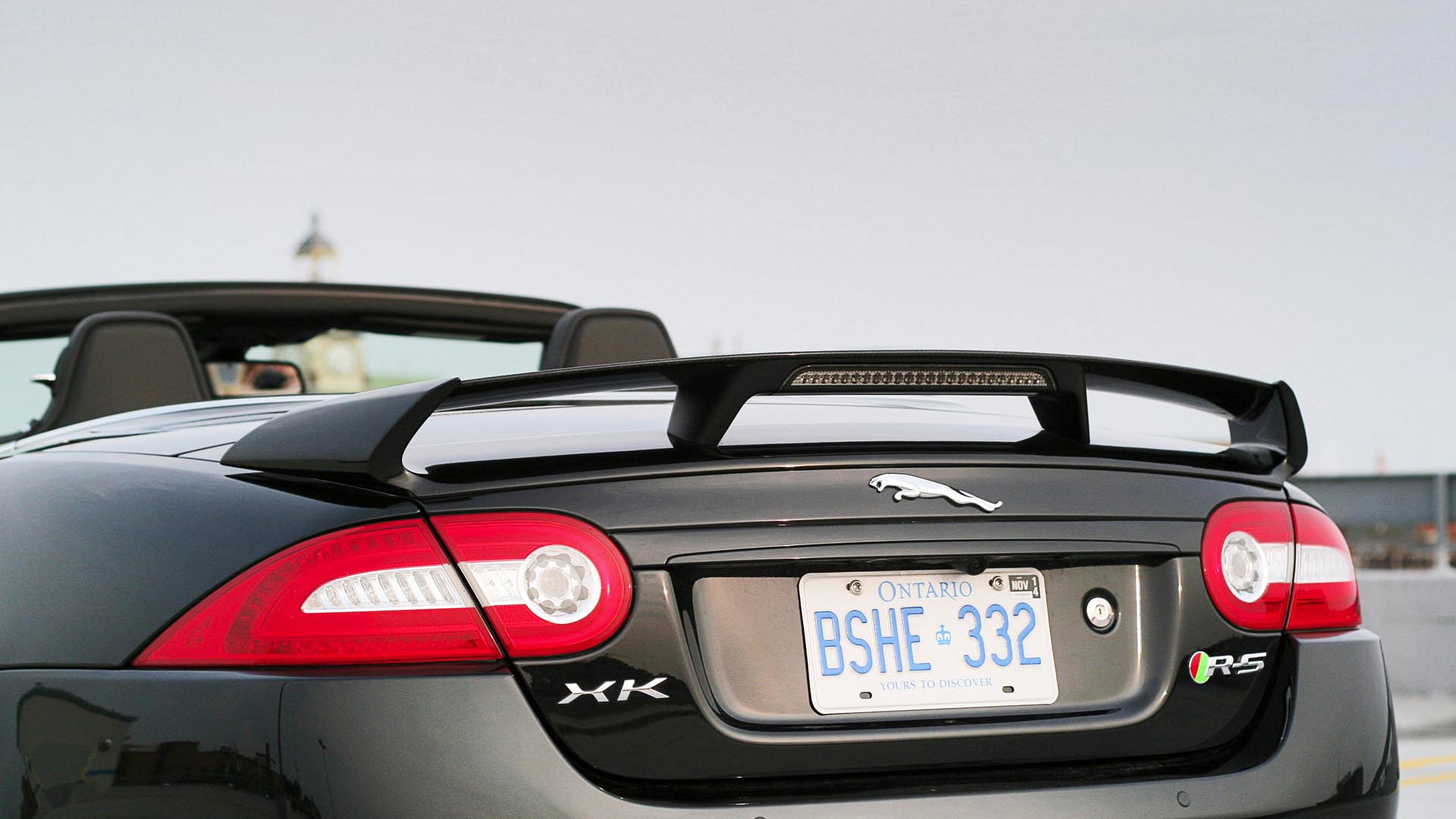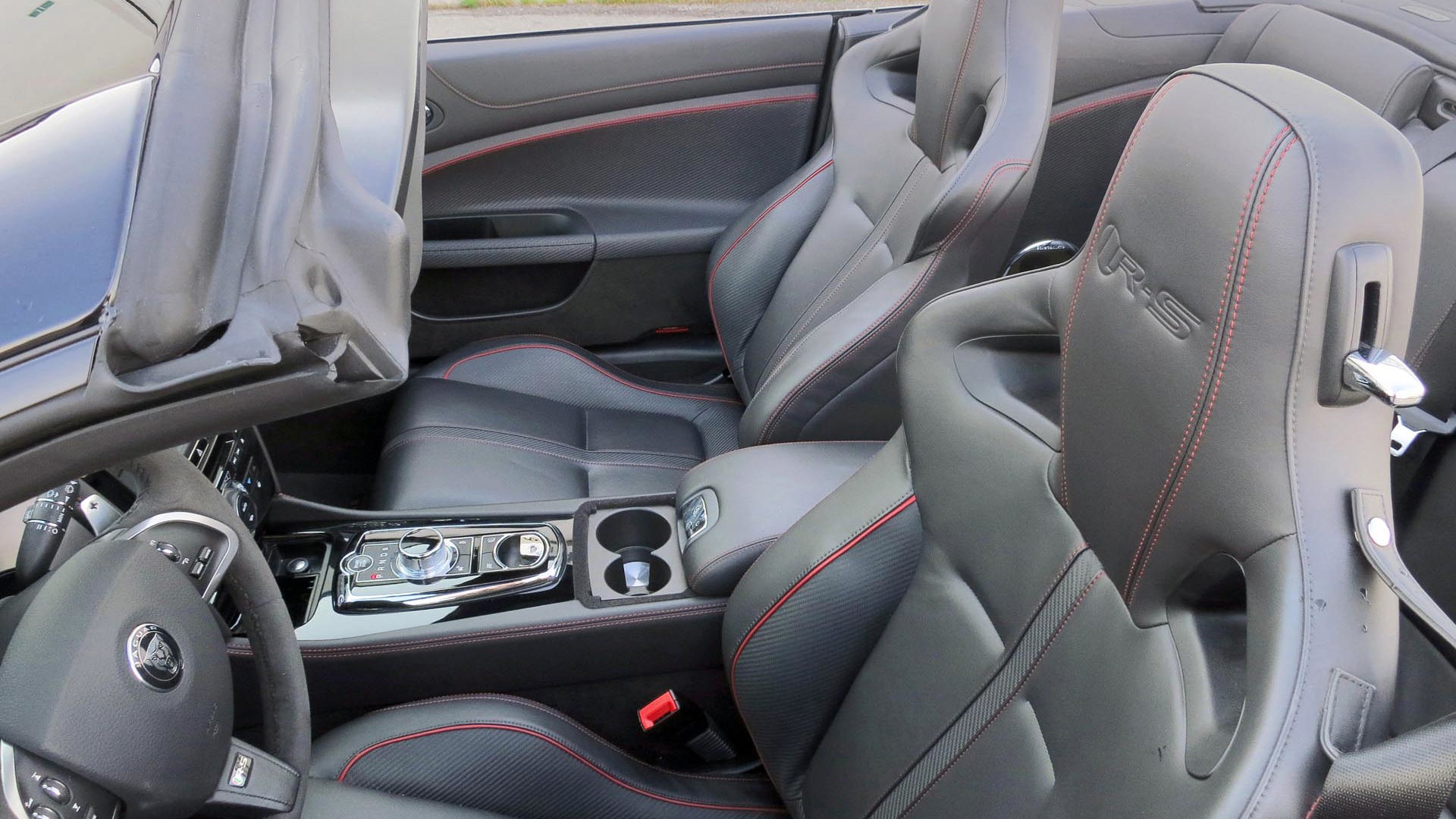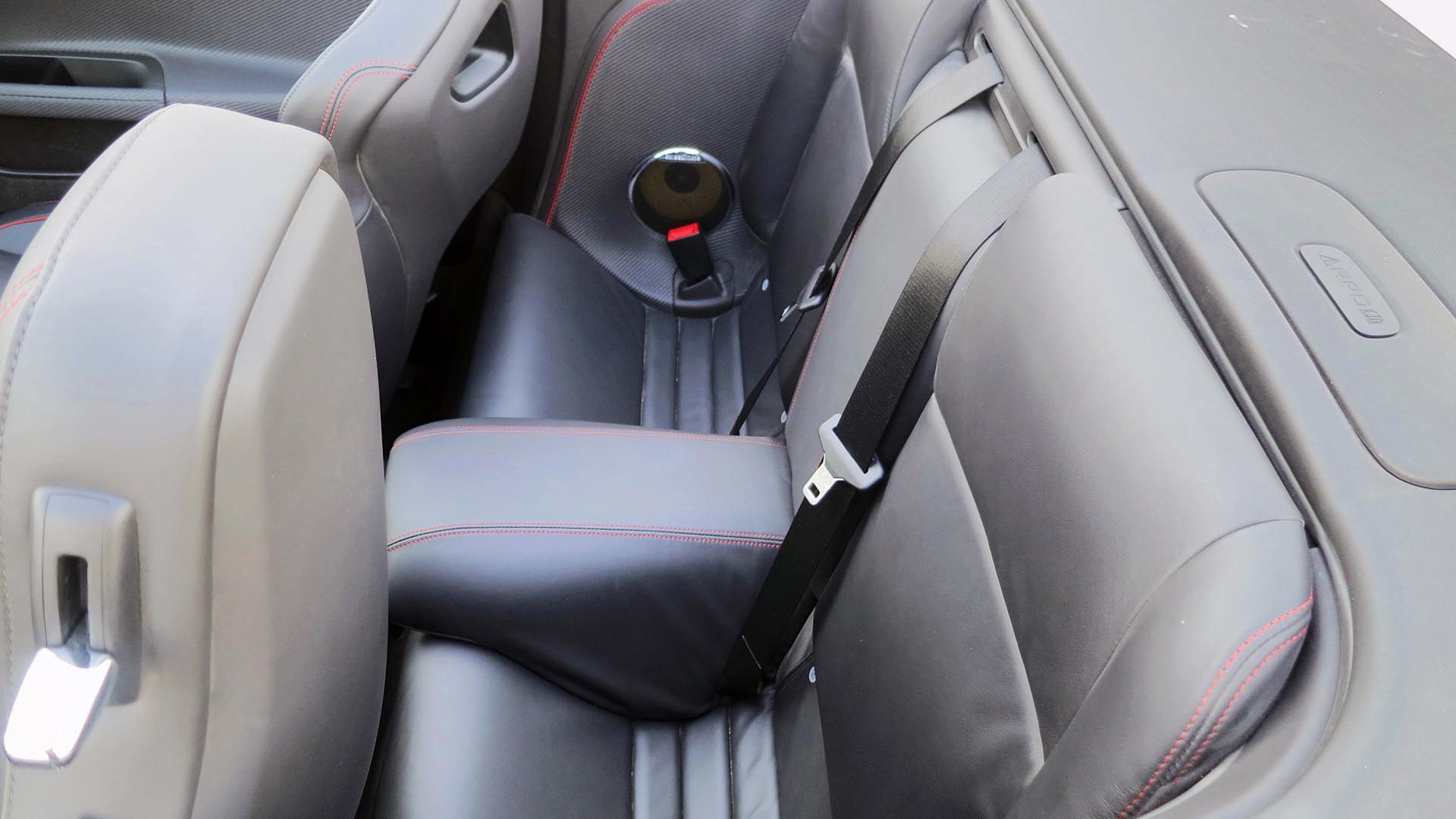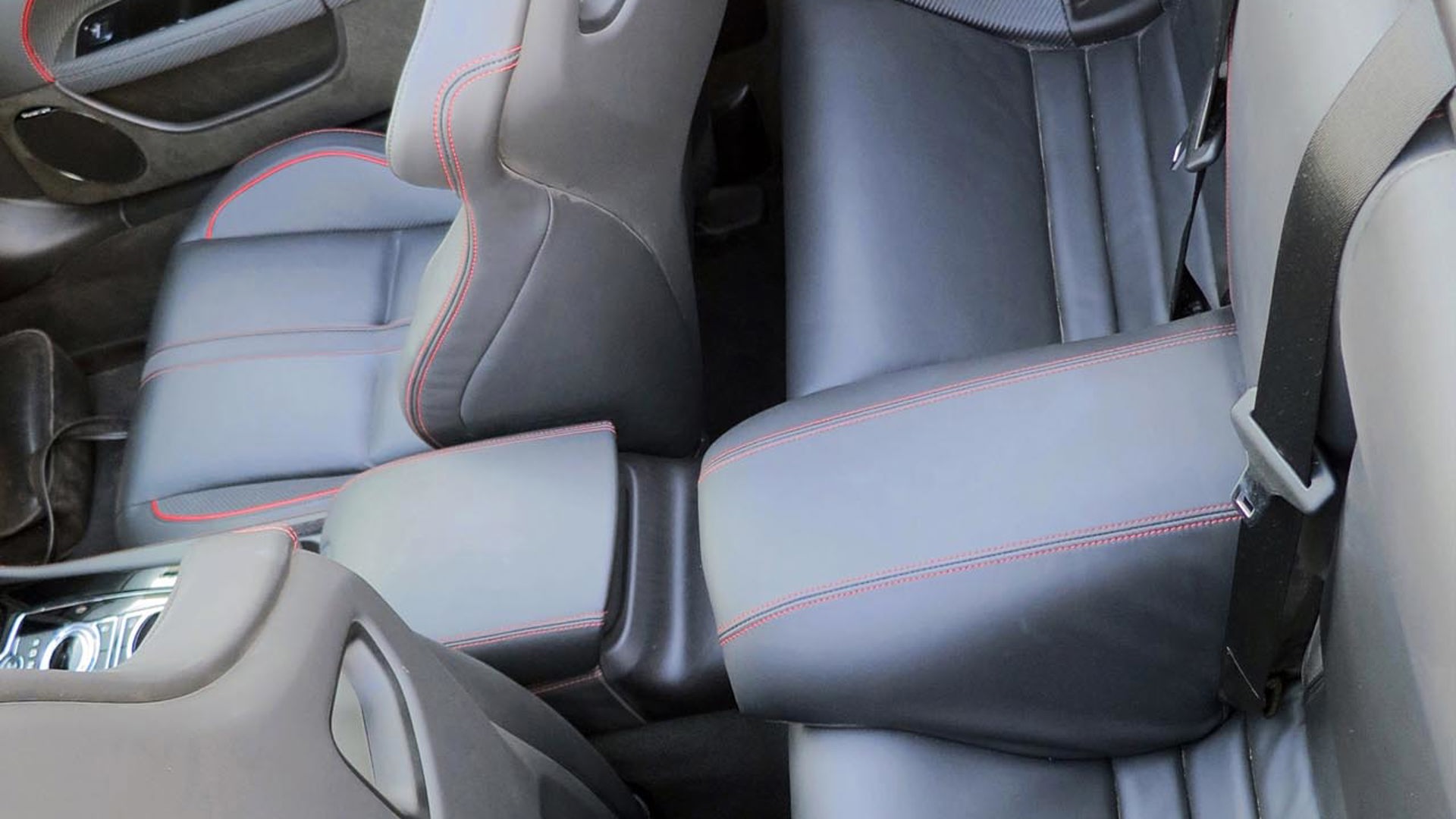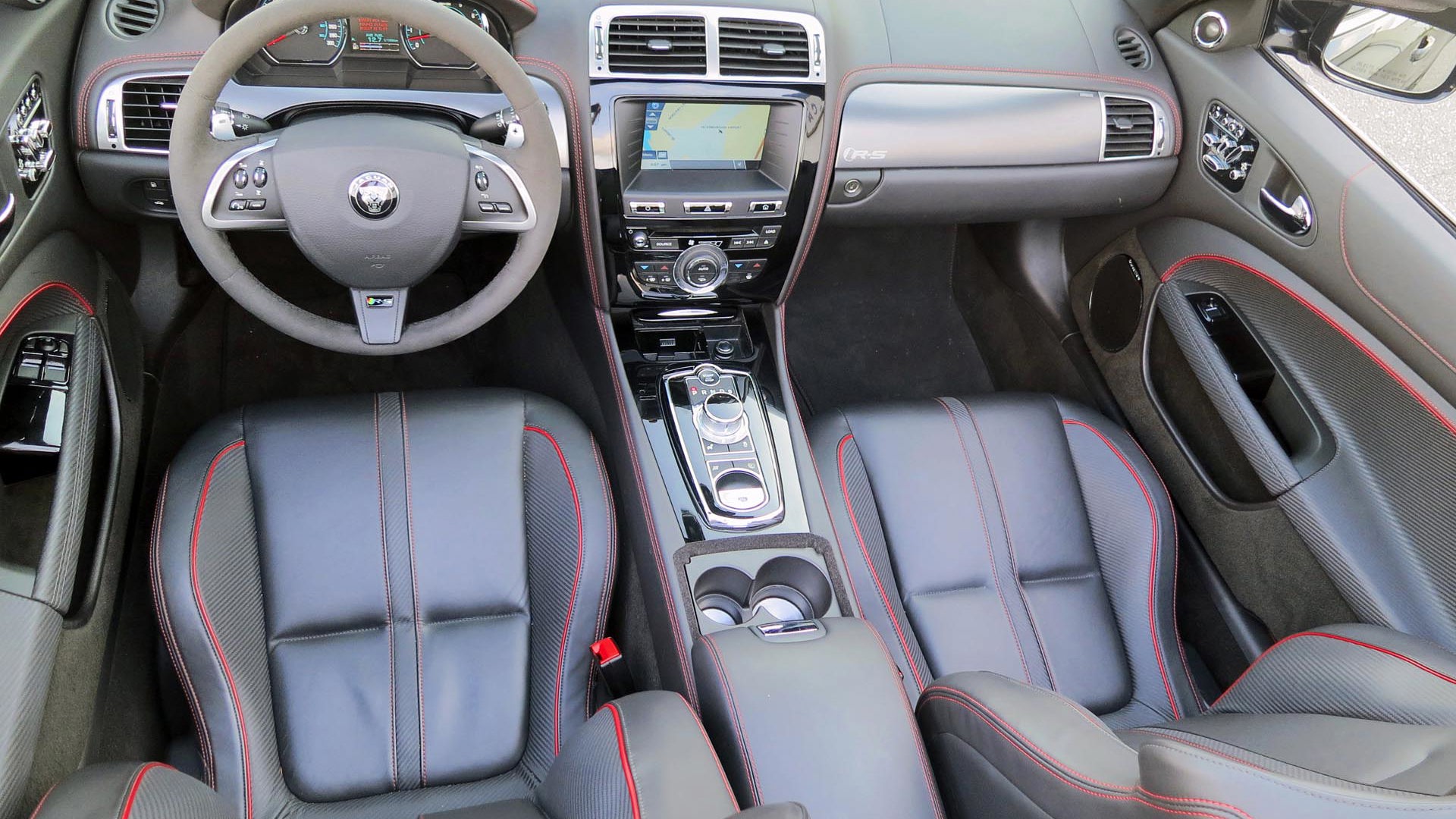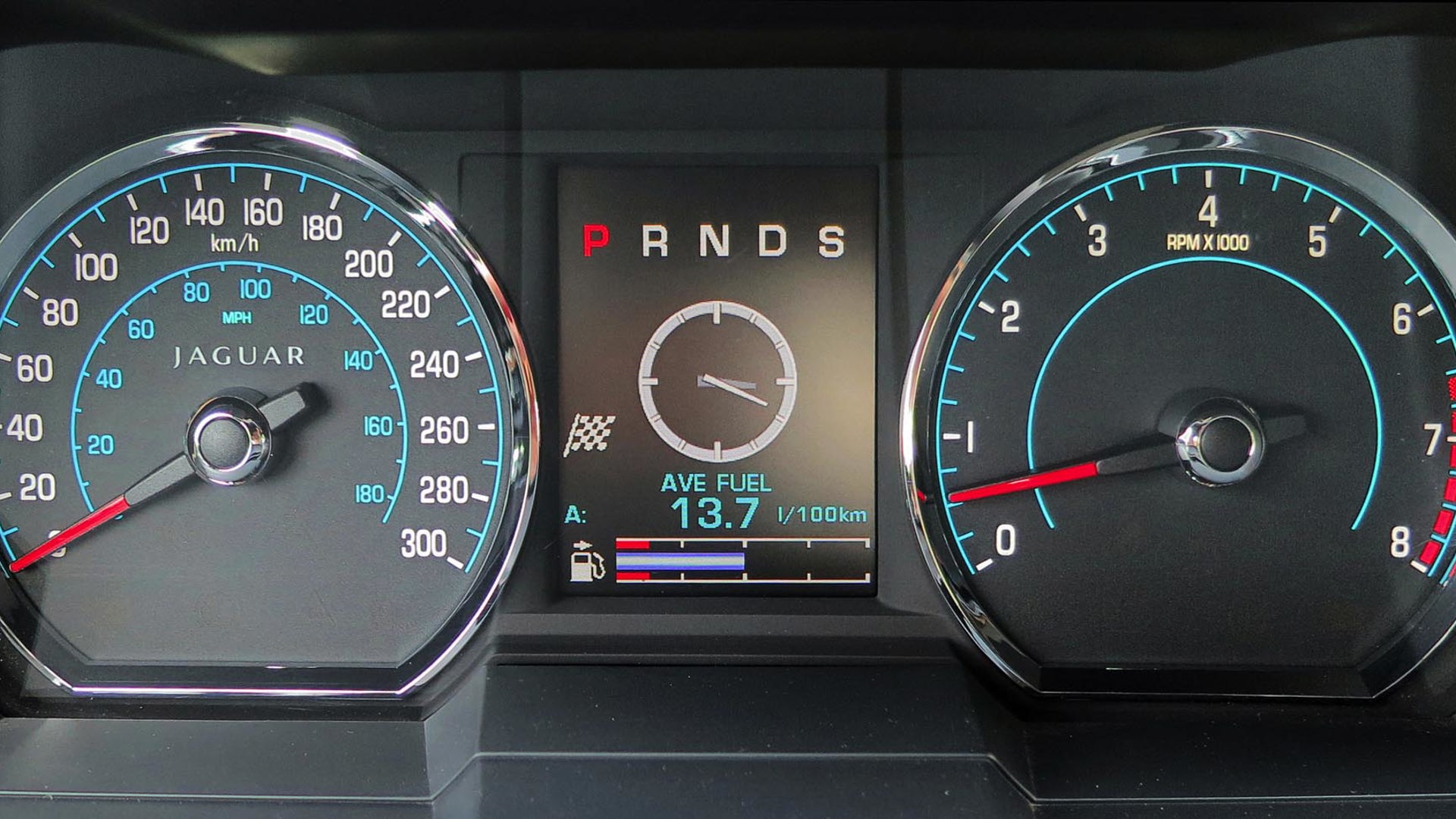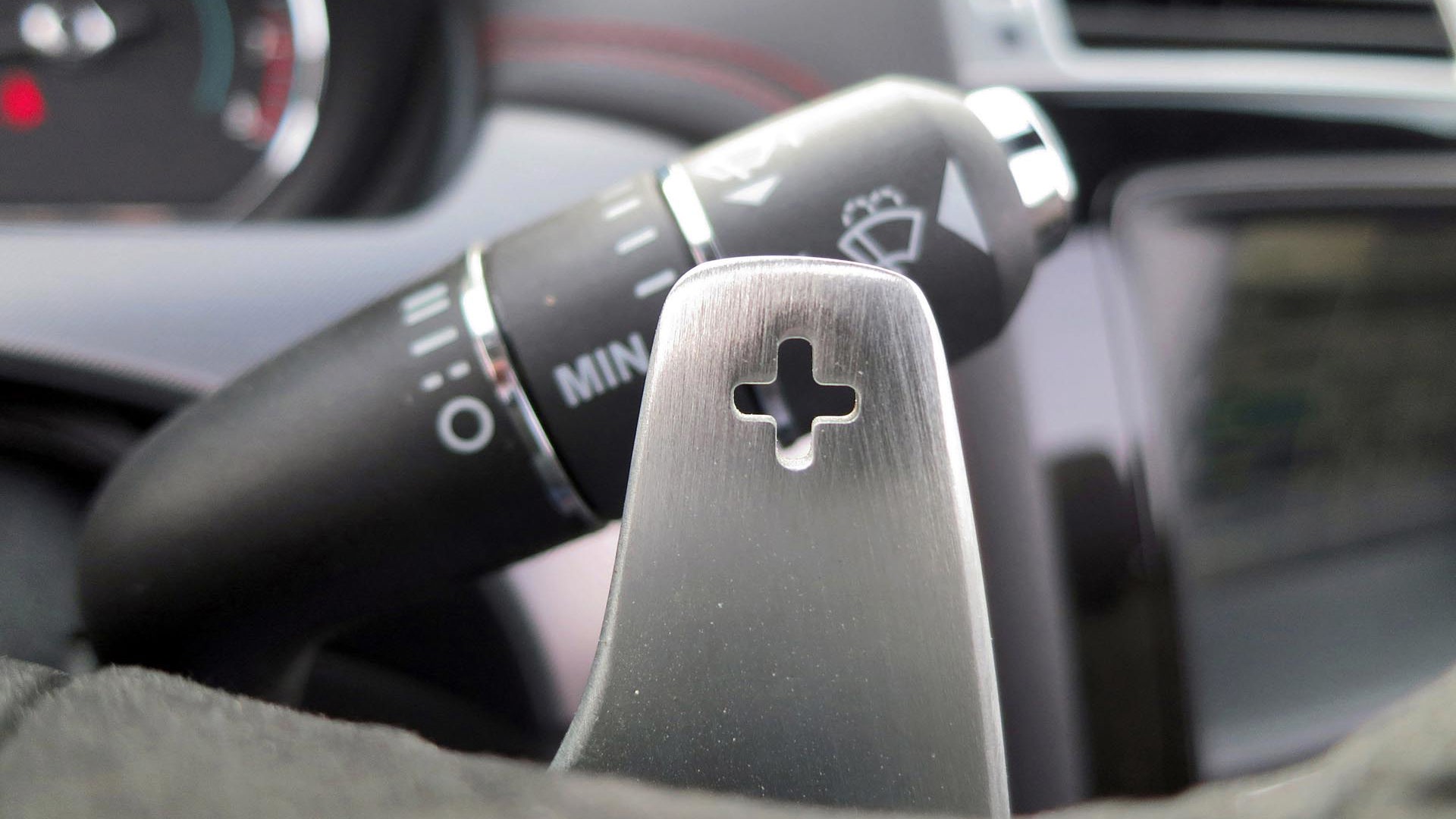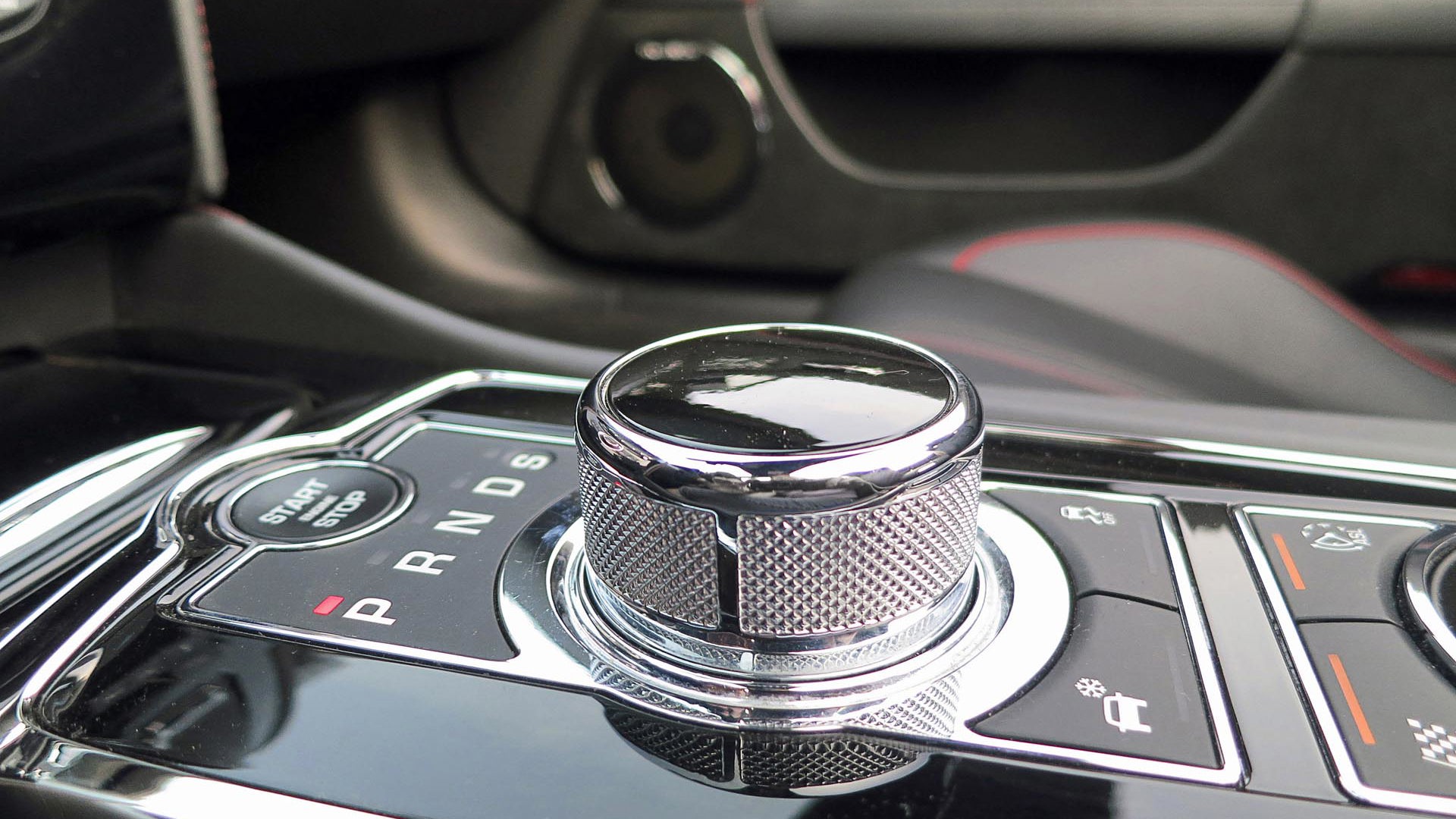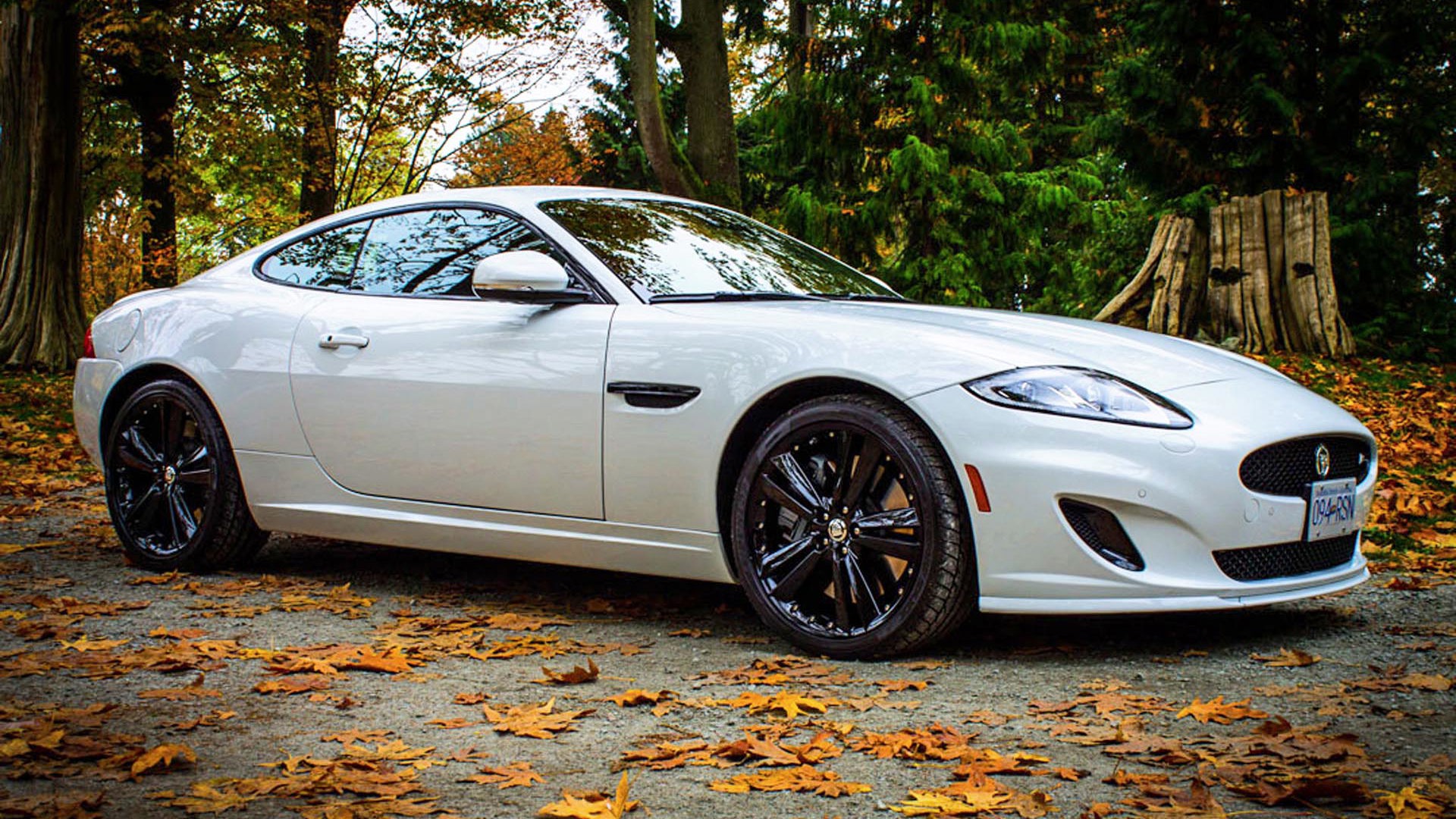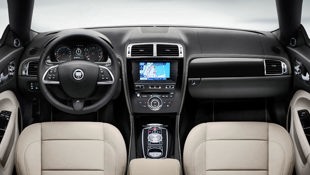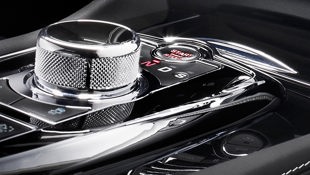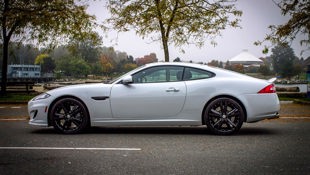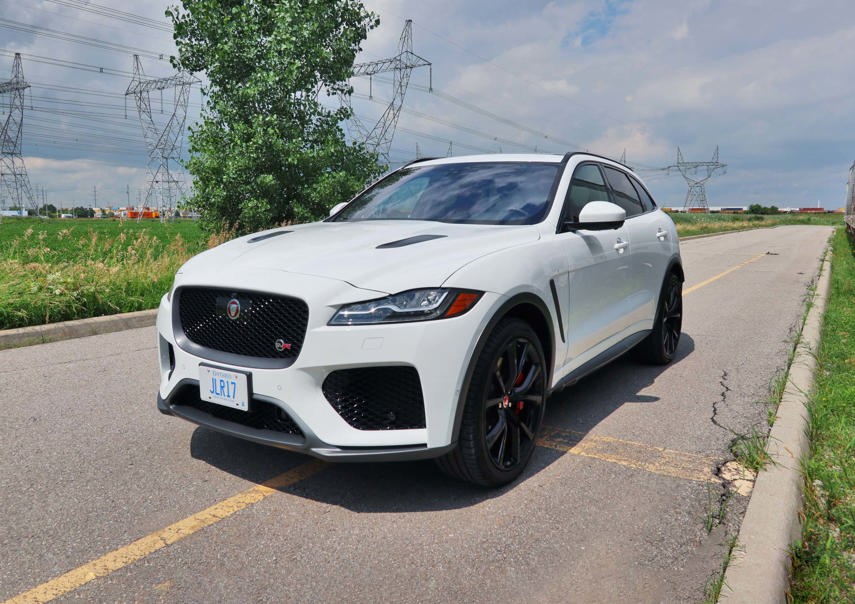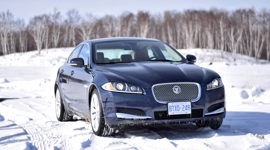Vehicle Type
Performance Luxury Coupe / Convertible
History/Description
Launched for model-year 2007, this generation Jaguar XK is a classy coupe or convertible four-seater with standard V8 power, upscale design and feature content, and a lavish and luxurious cabin finished with top-line leather, wood and metallic trim.
Owners rave about the XK’s performance, silky-smooth V8 power, gorgeous exhaust note, relative ease of entry and exit, and relatively easy to drive character.
Feature content included a driver computer, Bluetooth, automatic xenon lights and automatic climate control, push-button engine start and motorized memory seats. The XK is an ideal used-ride choice for someone after a high-performance car with an eye for gorgeous looks, potent acceleration, and all-around comfort. Here’s a car that intends to be as comfortable and classy driven gently as driven hard.
Engine/Trim
All copies of the Jaguar XK got standard V8 power, rear wheel-drive and an automatic transmission. From 2009 and on, a 5.0L V8 was standard, and a supercharged variant of this engine powered the high-performance XKR and XKR-S variants.
Prior to 2009, look for Jaguar’s 4.2 litre V8, or a supercharged version thereof. Newer models got a new five-litre V8, or supercharged five-litre V8, with output of the newer XK rated around 390 horses, or 510 horsepower with the supercharger in the XKR. The rare XKR-S turns up the boost, generating 550 horsepower.
What Owners Like
Owners rave about the XK’s performance, silky-smooth V8 power, gorgeous exhaust note, relative ease of entry and exit, and relatively easy to drive character. Though the XK and XKR are capable of thrilling performance, they’re remarkably docile to drive gently, too.
What Owners Dislike
Common complaints include tiny rear seats, limited cargo space, a sometimes hard-to-read central navigation screen, and a rough ride in models with larger wheels.
A limited selection of owner reviews.
The Test Drive
Start your test-drive looking for warning lights and messages in the XK’s instrument cluster, which could be the result of a poorly-charged battery. Low battery voltage can cause a world of issues in a car like the XK, many of which aren’t typically daily driven. Be sure to invest in a battery trickle charger to keep the battery topped up while the car is parked. Note that any warning lights or messages should be investigated by a Jaguar technician ahead of your purchase. In most every case in owners forums where a niggling electronic issue was reported, poor battery voltage was the cause.
Though rare, some owners have reported failed catalytic converters, possibly evidenced by a ticking or tapping sound as the car travels over bumps. If you notice any unwelcomed sounds like this, a visit to a mechanic should be considered mandatory to investigate. Note that a newer XK will have a mandated warranty covering emissions control equipment, so fixing a bad catalytic converter may be a freebie.
Be on the lookout for soggy carpeting, excessive condensation on interior windows, and other signs of a water leak, which could be caused by plugged or damaged air conditioner drain tubes. This will typically manifest itself as a leak into the passenger footwell, and apparently results from an improperly designed air conditioner drain system. Interestingly, this is the most common and well-documented issue on these cars. Some owners say that the repair job can be pricey, and requires removal of the dashboard, depending on where the line is blocked. Your local Jaguar dealer will be familiar with the problem and should be able to quickly address it, if signs of a leak are present.
Note that this issue seemed to affect only early copies of the XK. Here’s a helpful guide on fixing the water leak yourself, if you’re so inclined.
Leaks can also be caused by plugged body drain tubes on the convertible model, designed to carry water away from the XK convertible’s cabin and into a drainage pathway to the ground below. In many cases, a plugged drain tube can be cleared with a few blasts of compressed air. Be sure that’s the case. Further, if you’re opting for a convertible, run the power top through its positions several times, and check all rubber seals for signs of cracking, damage, or missing pieces. Check the trunk and rear seat footwells for signs of moisture on any convertible XK.
Confirm proper operation of the navigation system, noting that a calibration procedure may need to be carried out if the system doesn’t seem to be able to locate the car on the map. Other interior checks should include confirming proper operation of the memory seating function, and checking that the leather on the dash isn’t peeling away or pulling back from the windshield area. Check the glovebox for proper operation too, confirming that the latch holds the door shut several times when opening and closing.
Other infrequently-reported issues worth being on the lookout for include bad thermostats and cracked transmission pans. A mechanic can check both of these areas in a matter of minutes on a pre-purchase inspection. A bad thermostat can affect the XK’s ability to get up to operating temperature, and a cracked transmission pan can result in leaks and transmission damage.
Finally, as the XK and XKR are performance cars designed for hard driving, be sure to have a mechanic check the condition and level of all fluids, the tires, and the brakes. Budget for a full fluid change and tune-up if you’re unsure of the model’s service history.
The Verdict
If your budget allows it, your safest bet in a used XK or XKR is a dealer-serviced model sold through a certified pre-owned program. An XK will be more affordable to fuel, maintain and insure than an XKR, and though these machines look surprisingly solid, buying a used model without a mechanical check-over by a trained Jaguar mechanic, as a minimum, is not advised.
Here are a few recalls.
